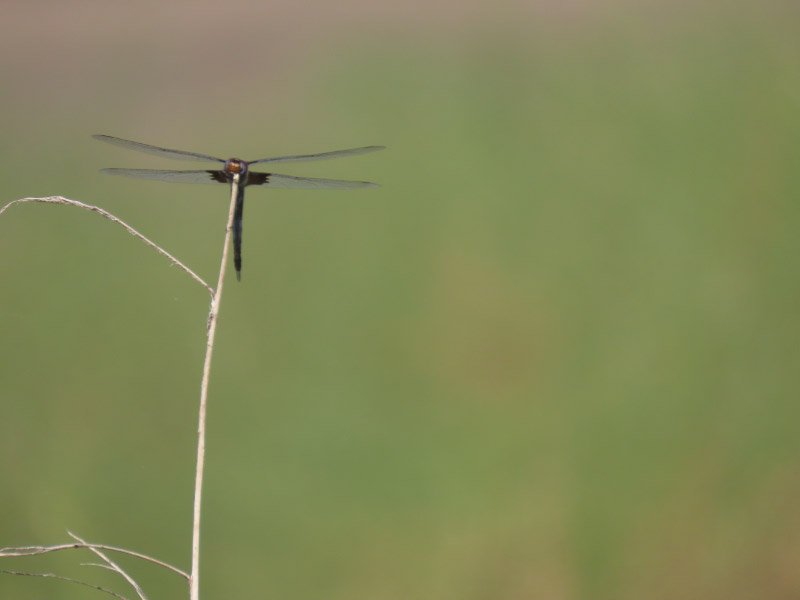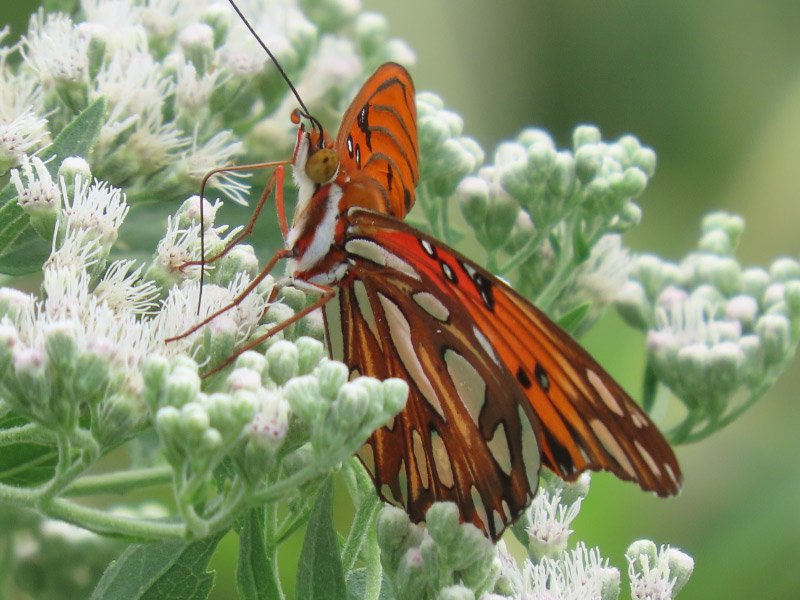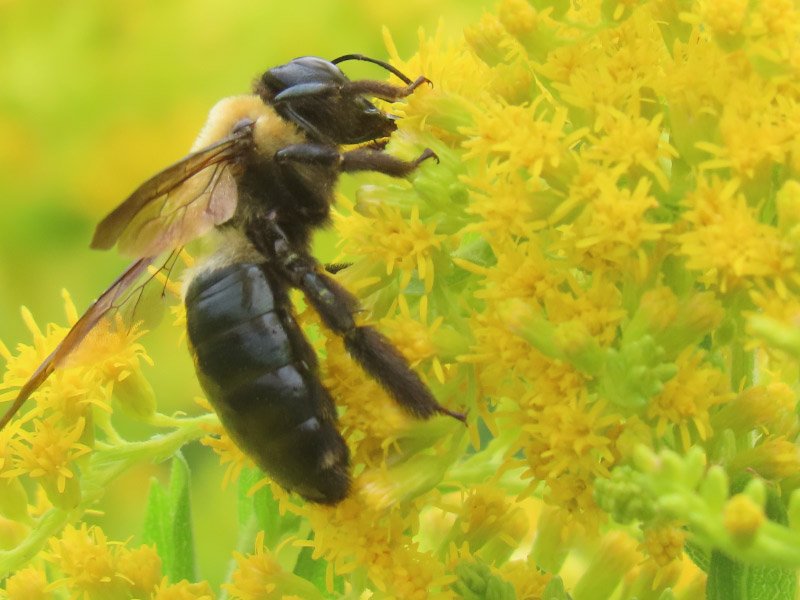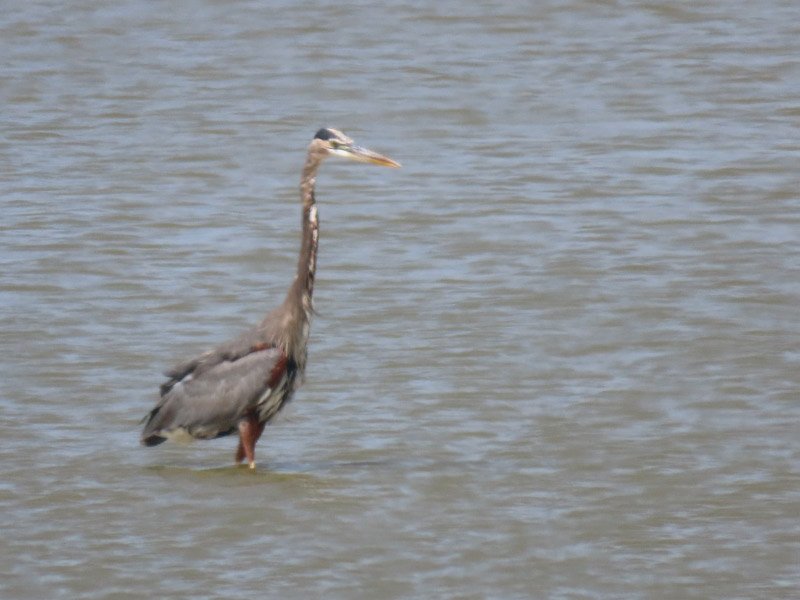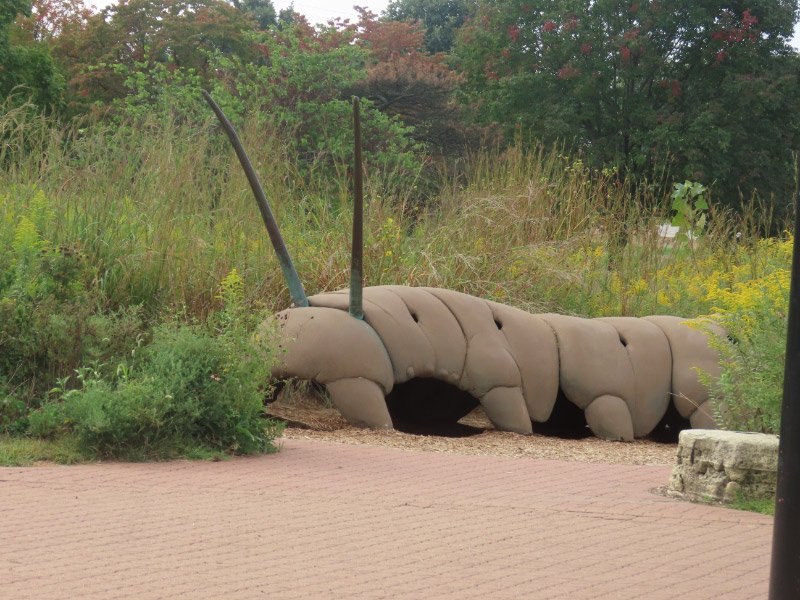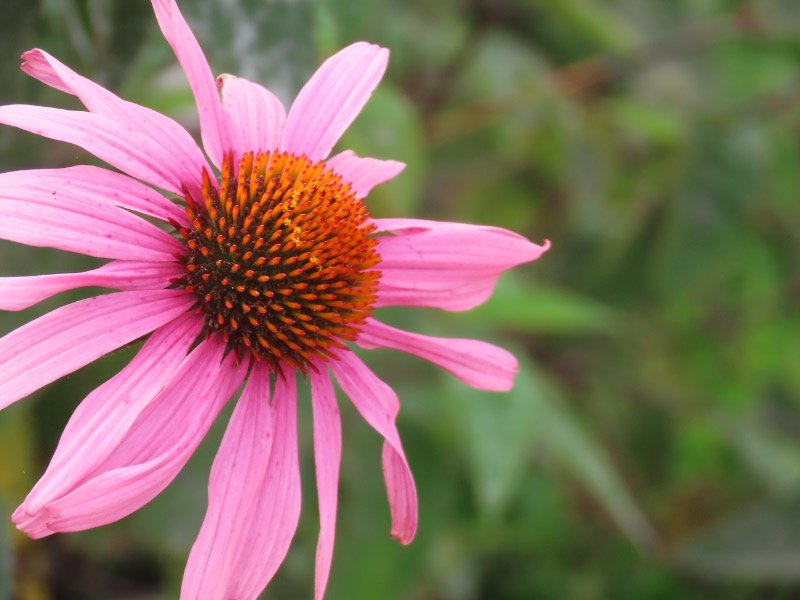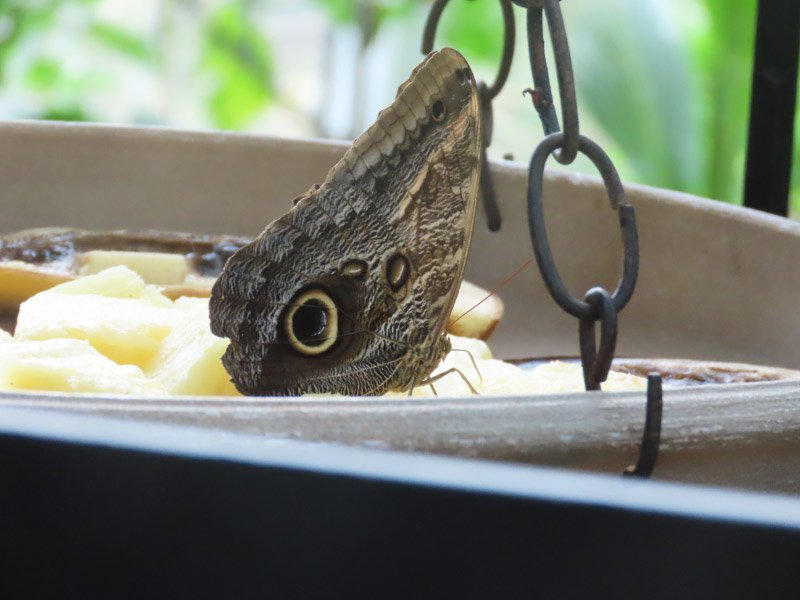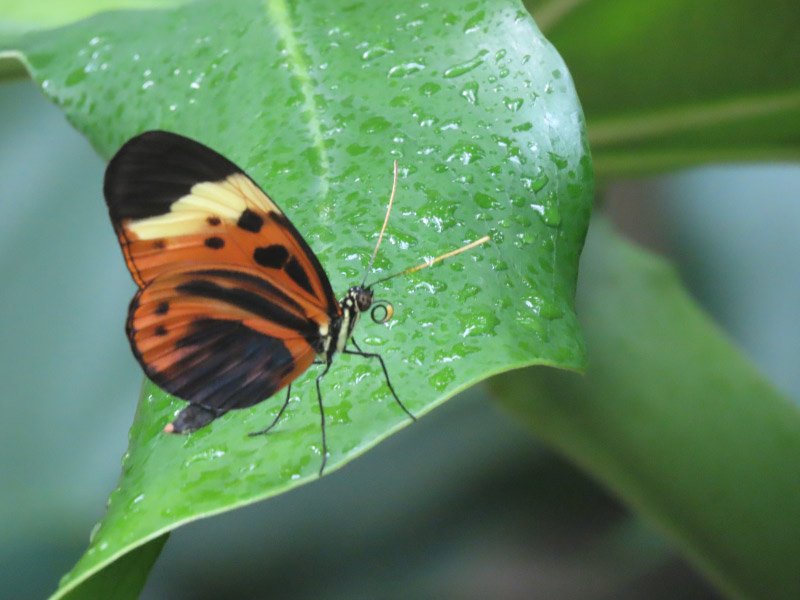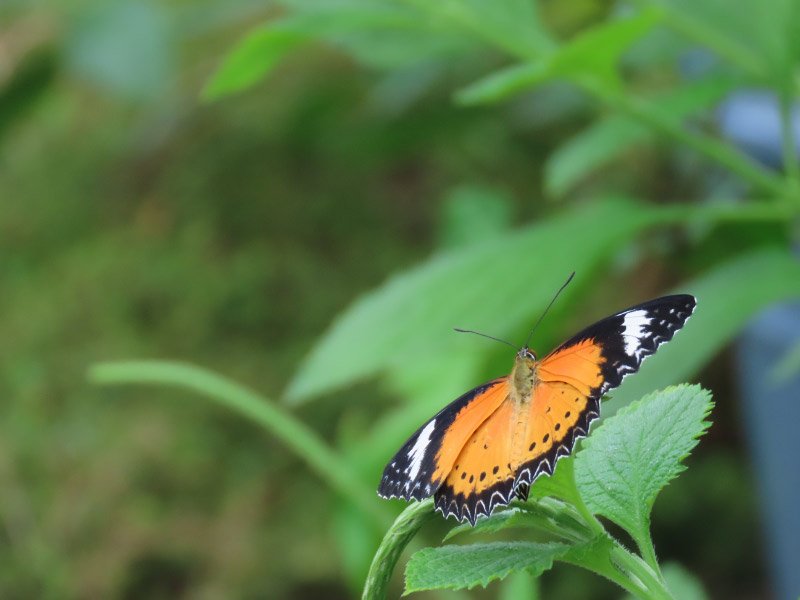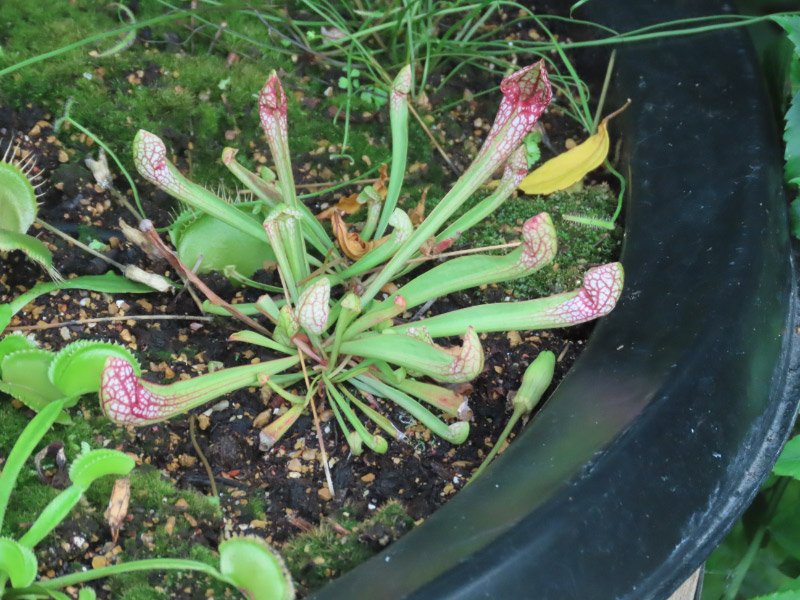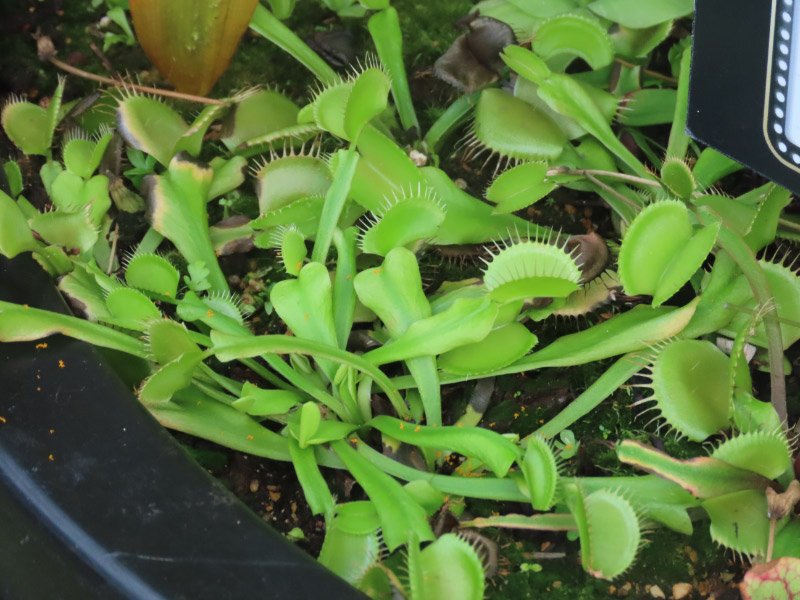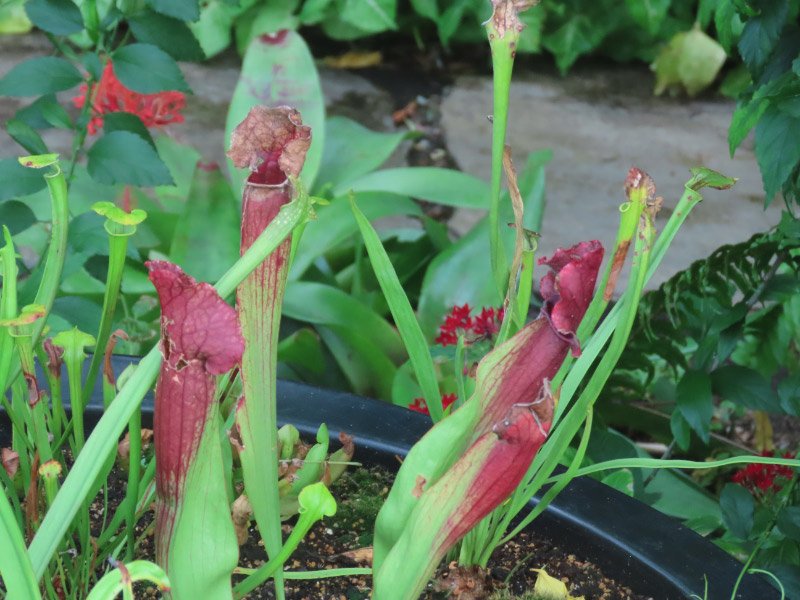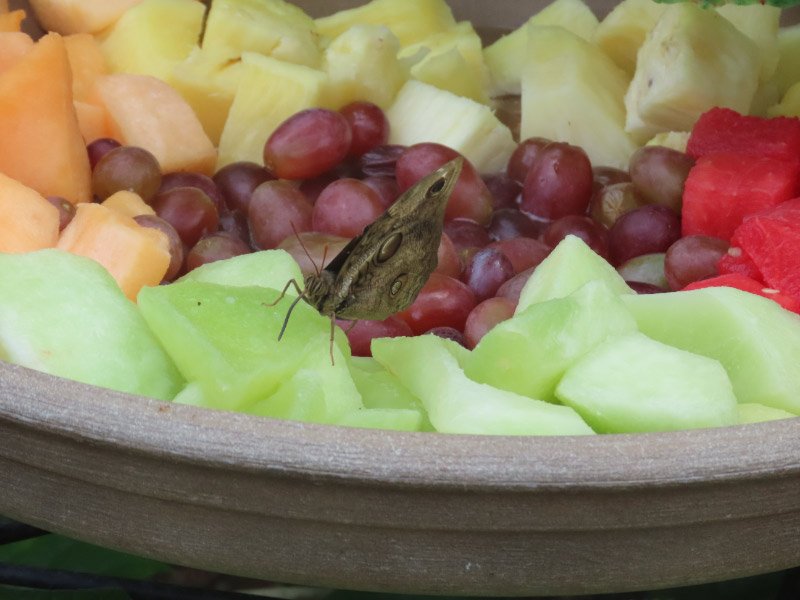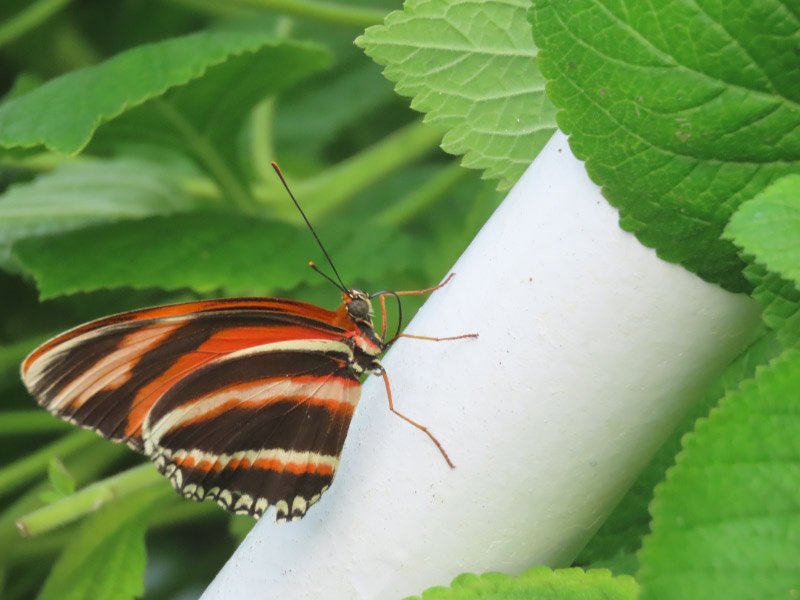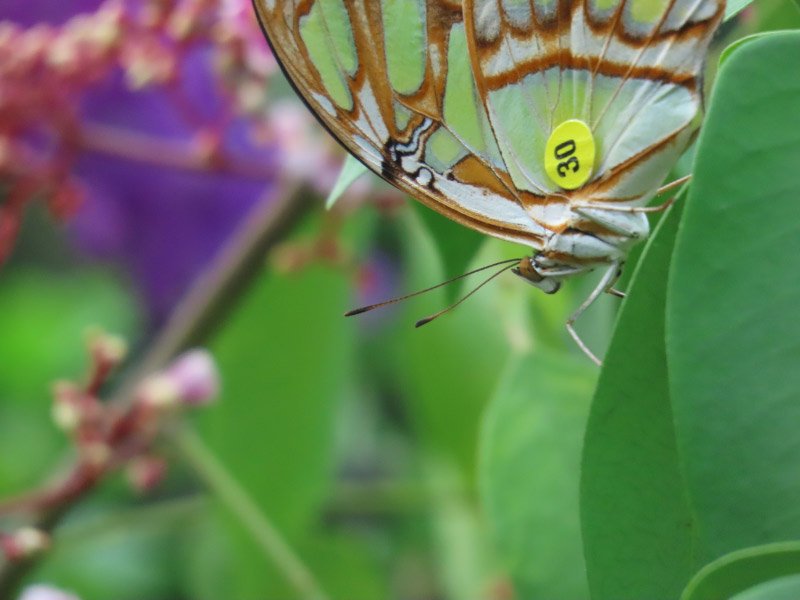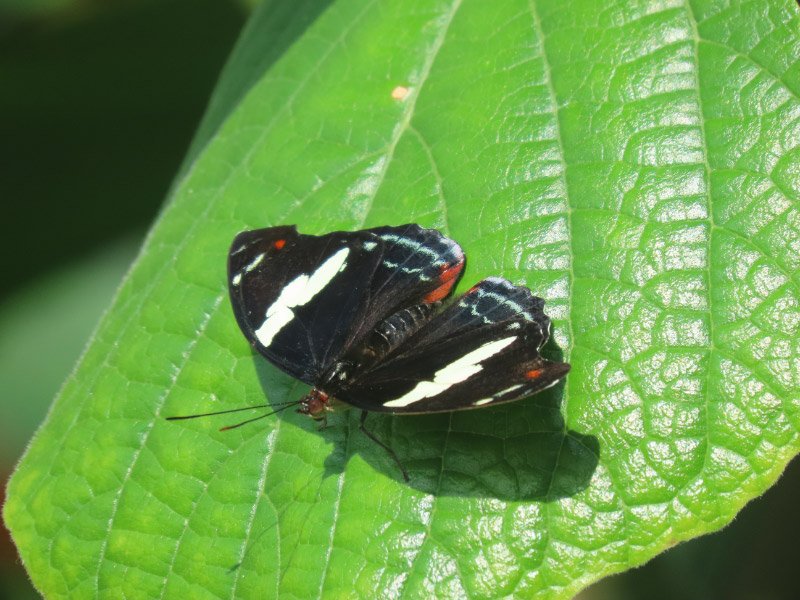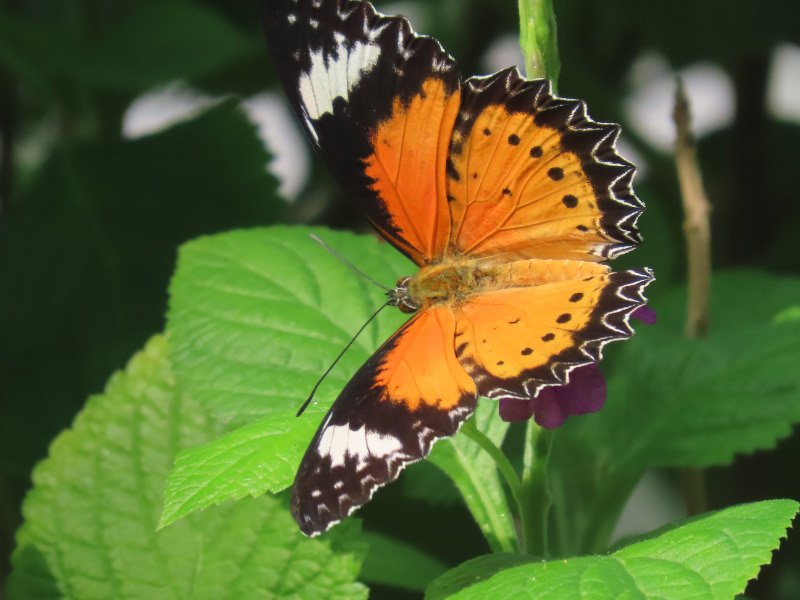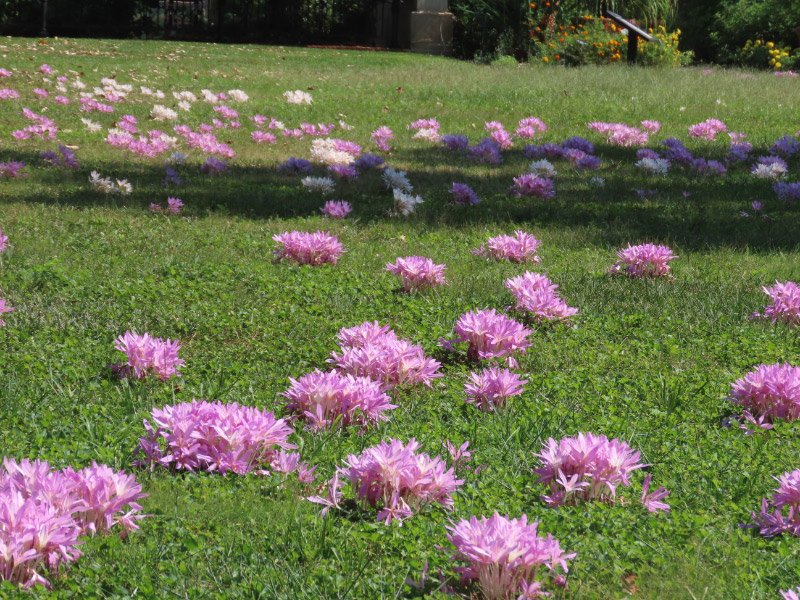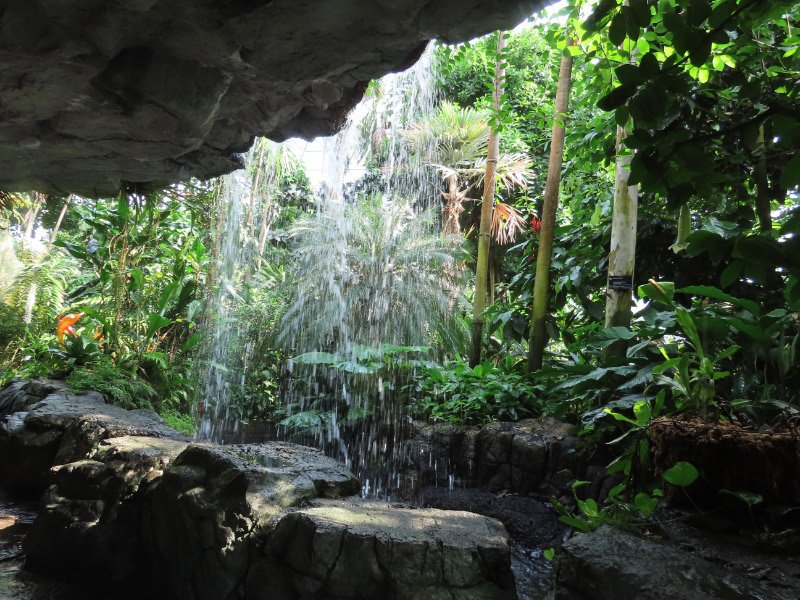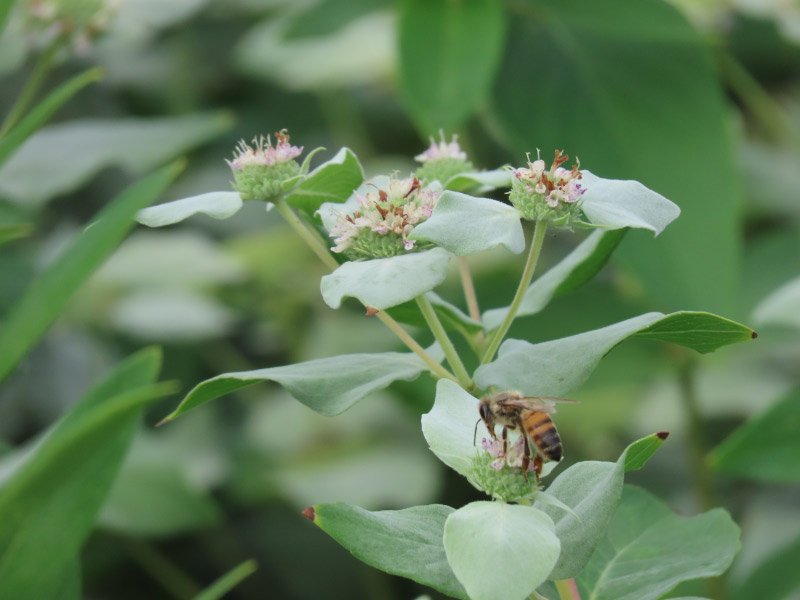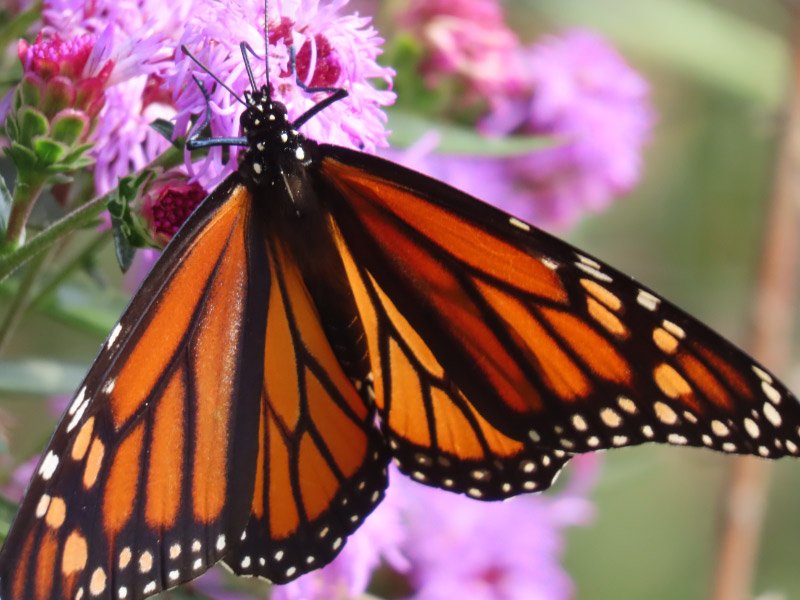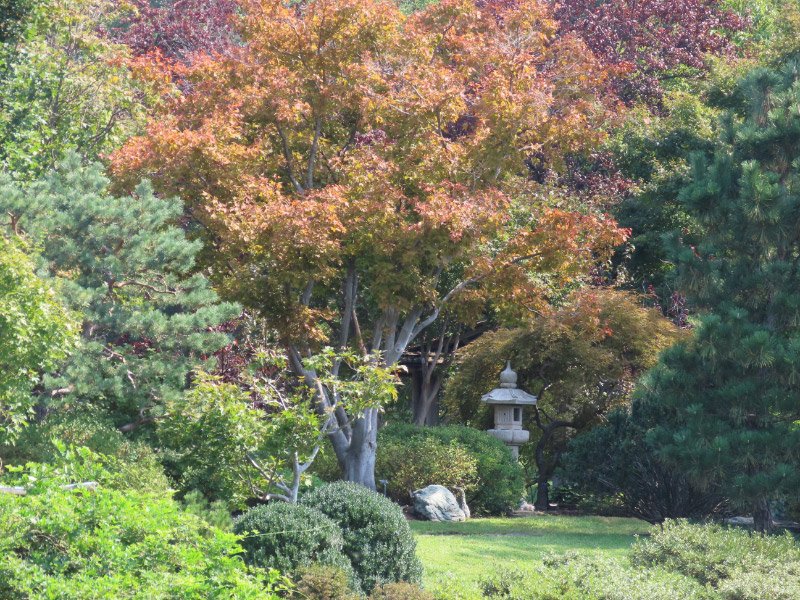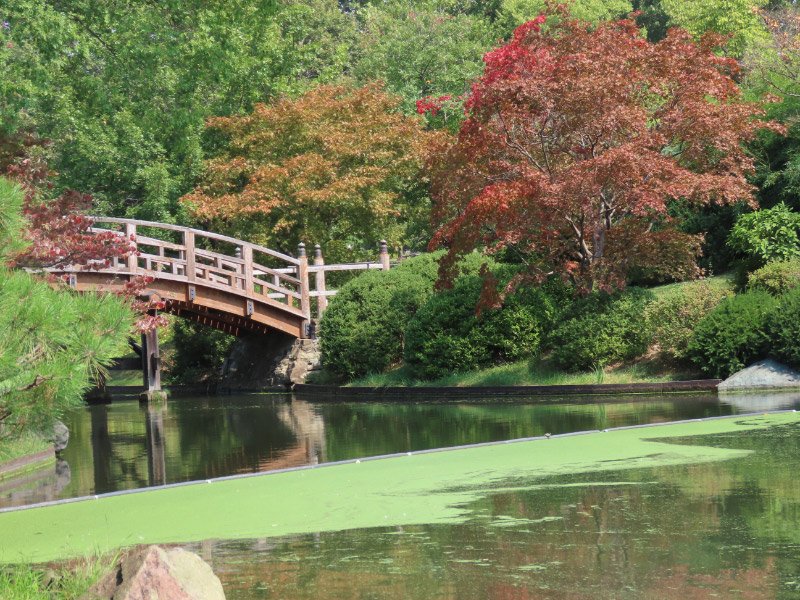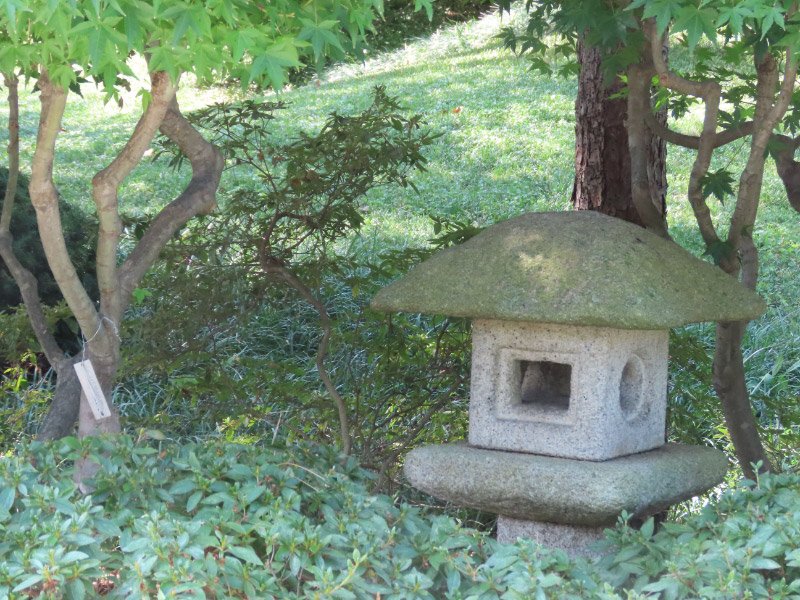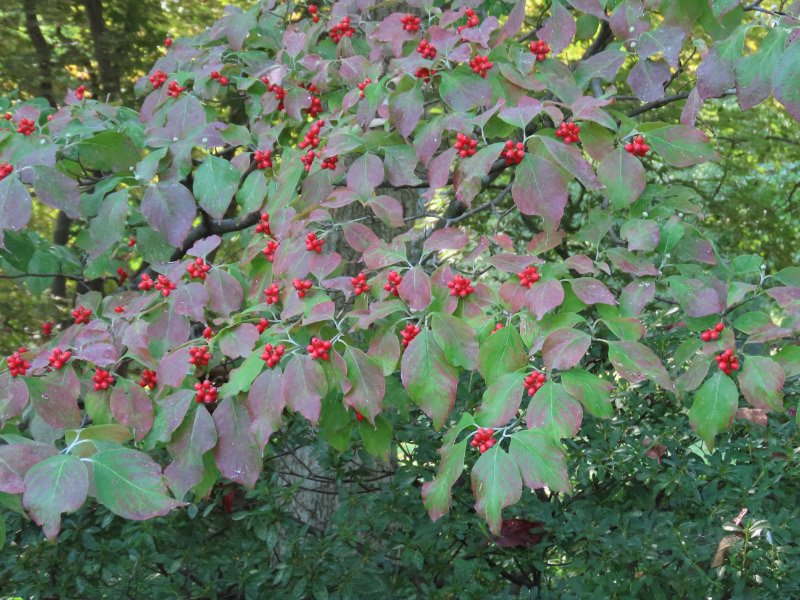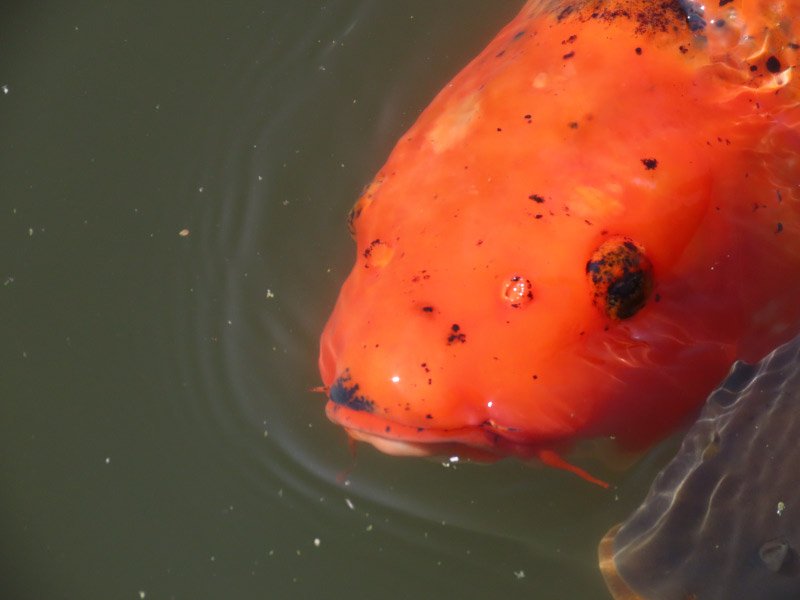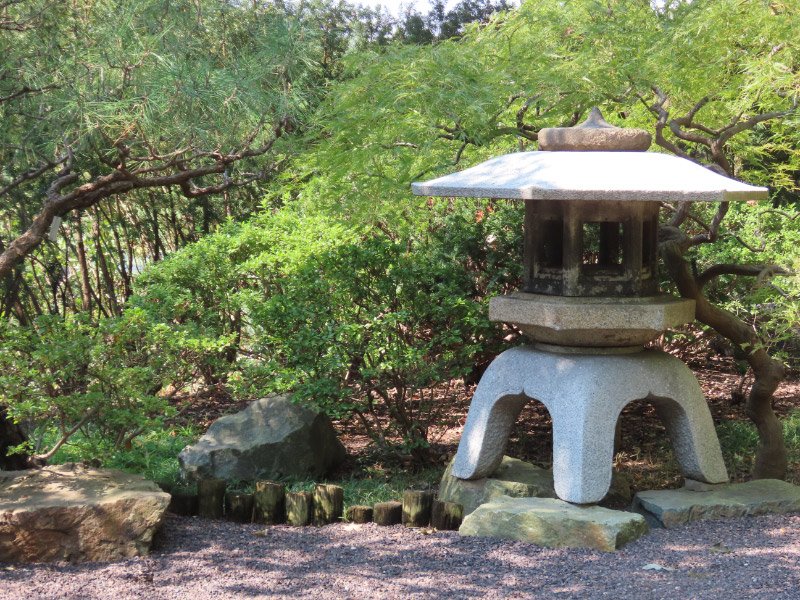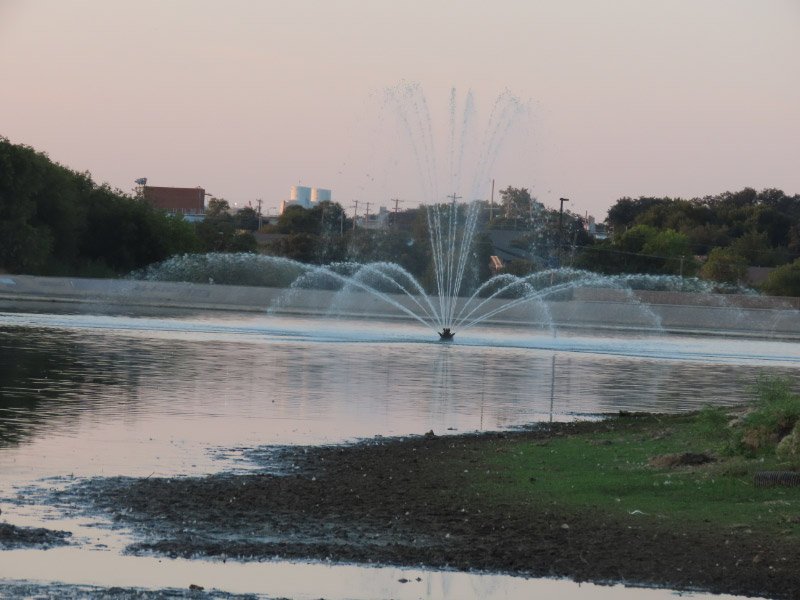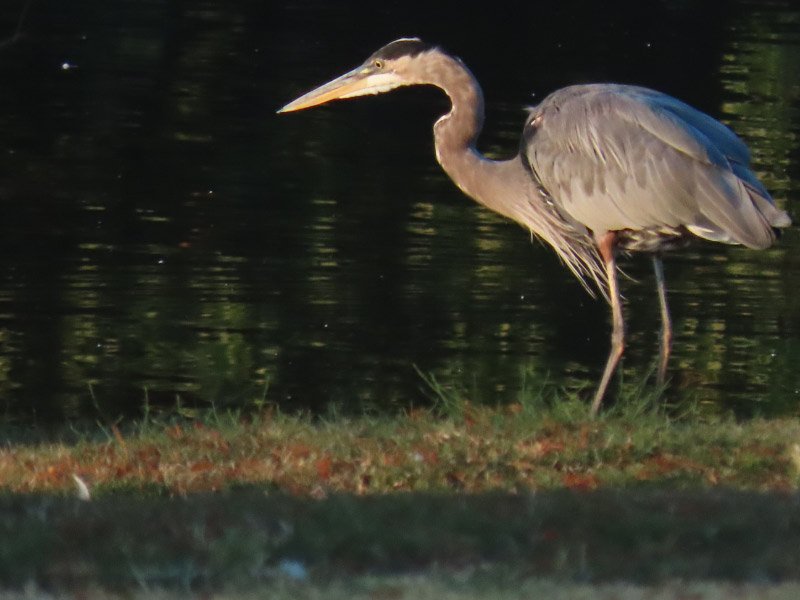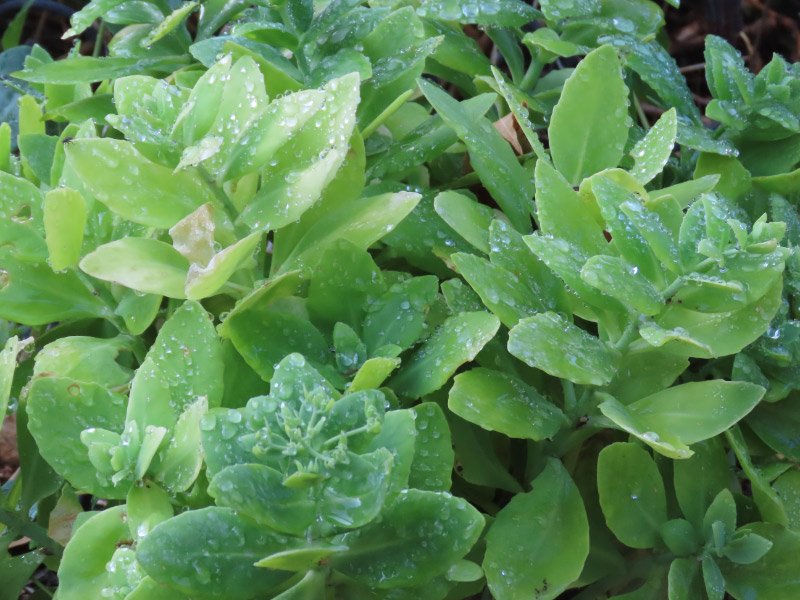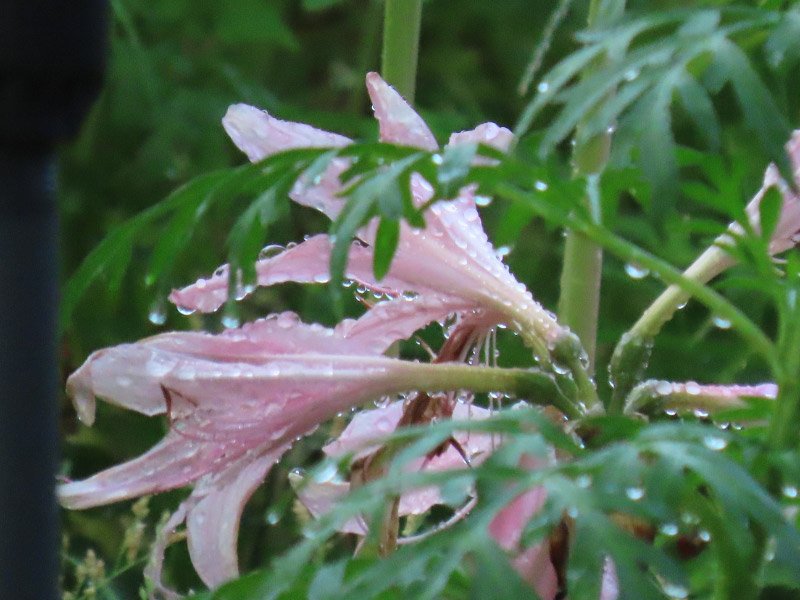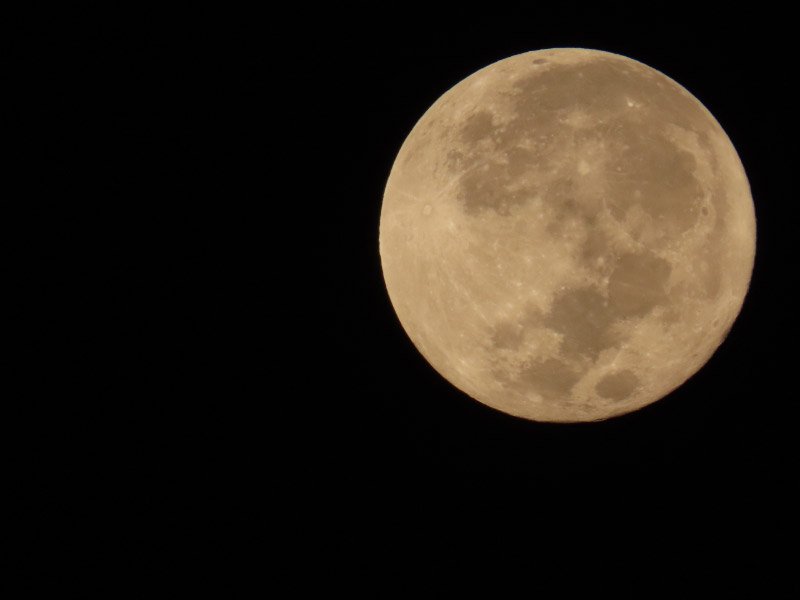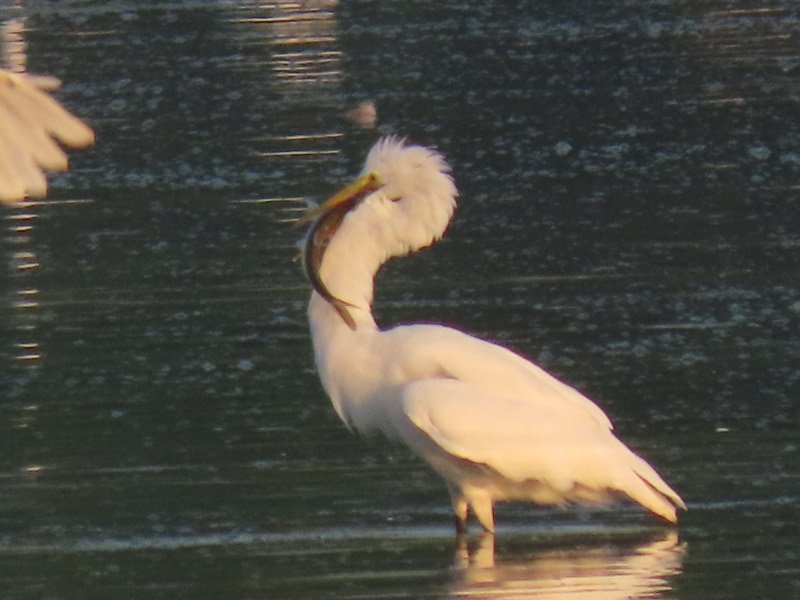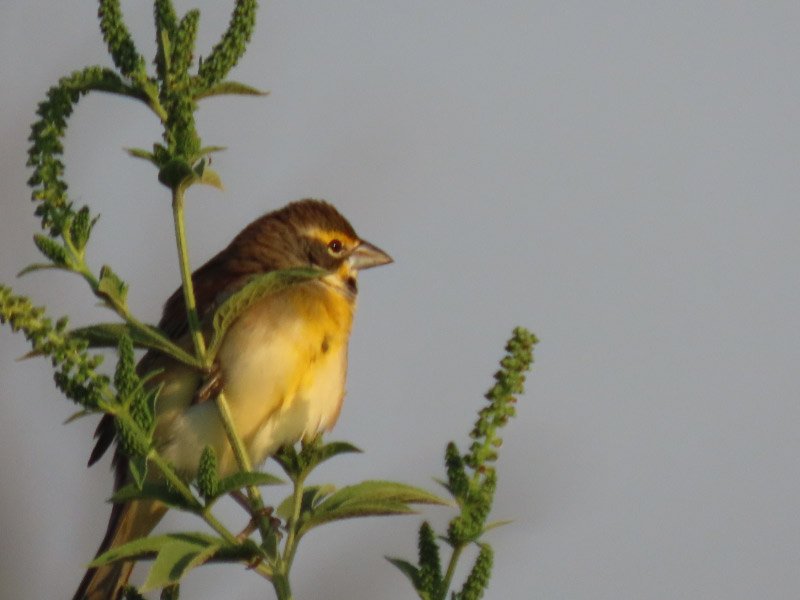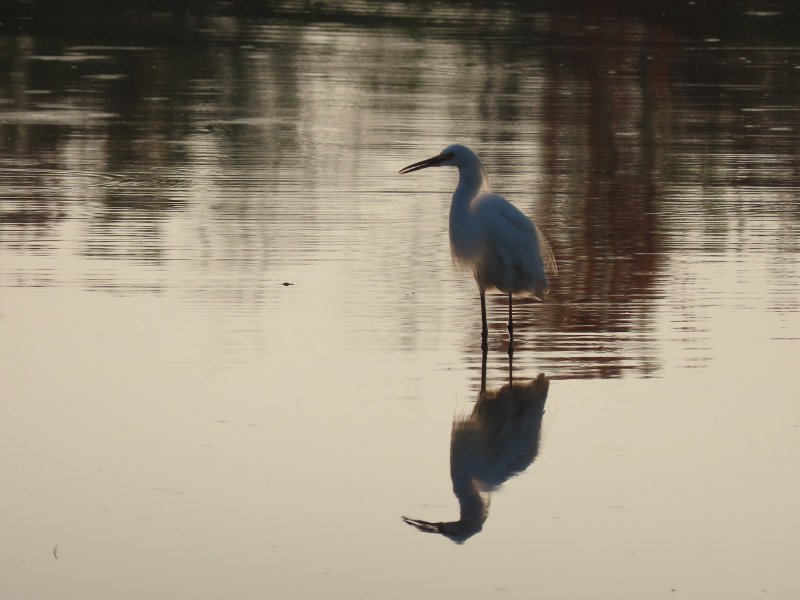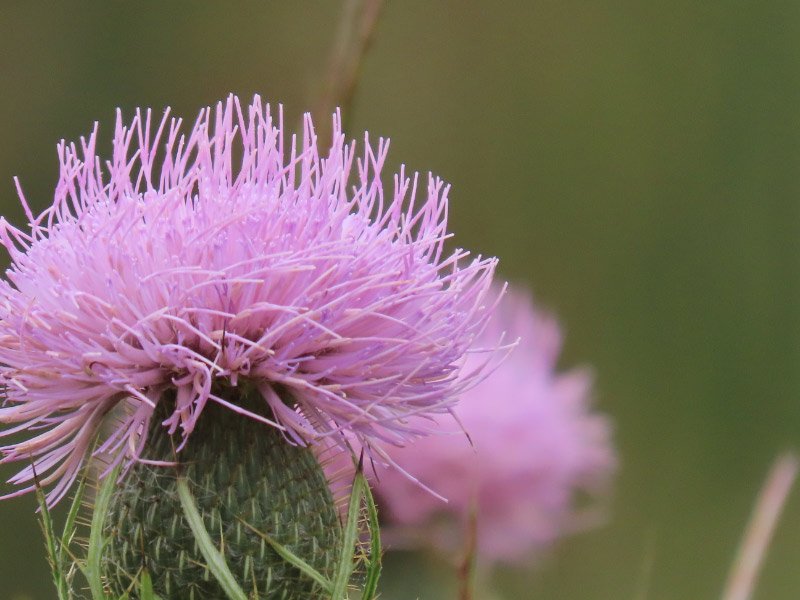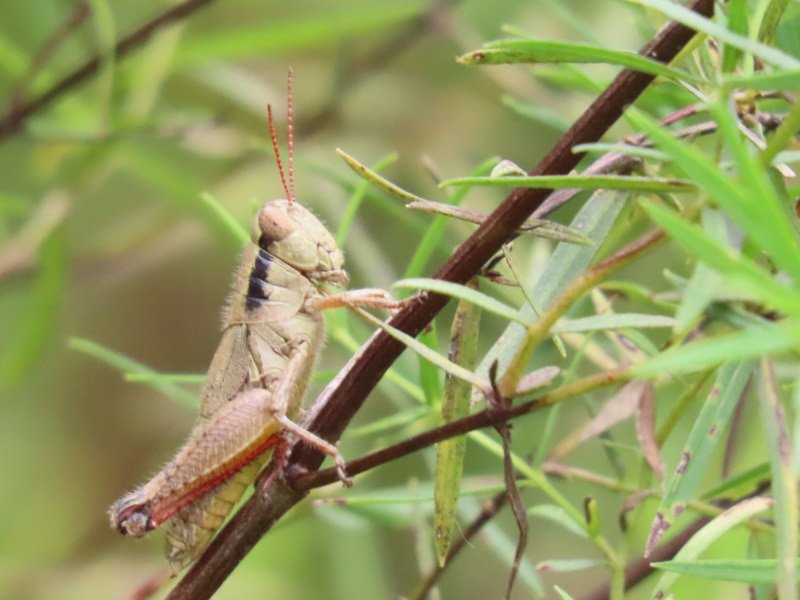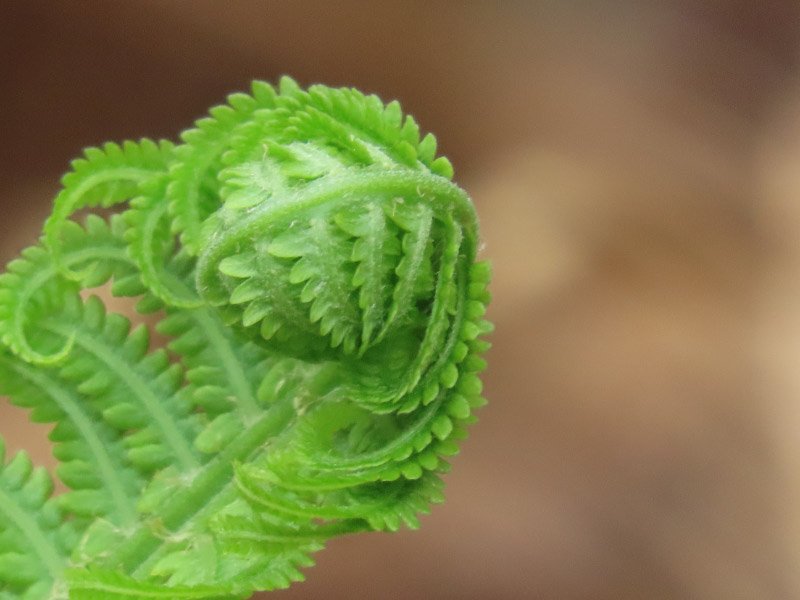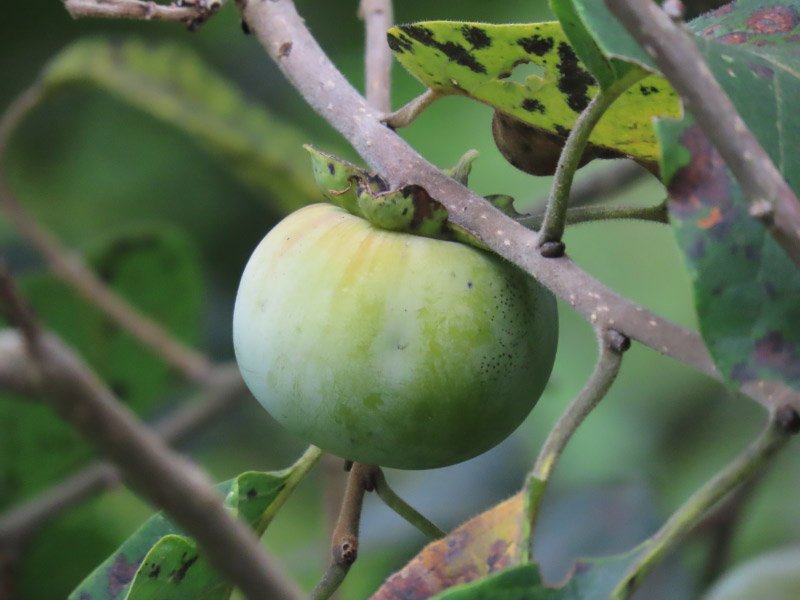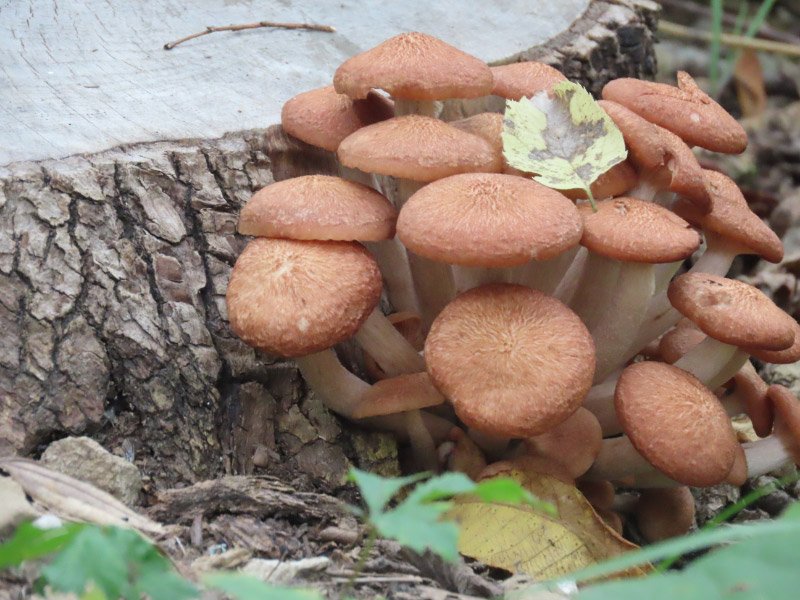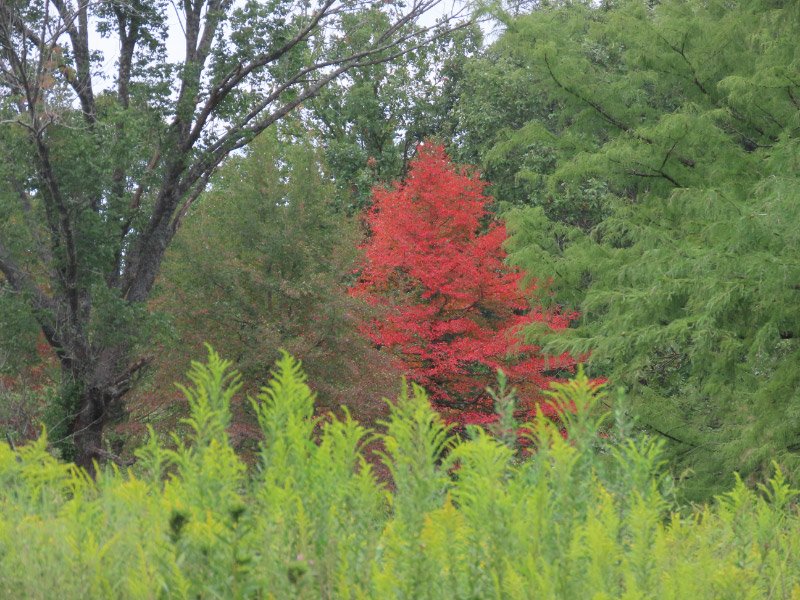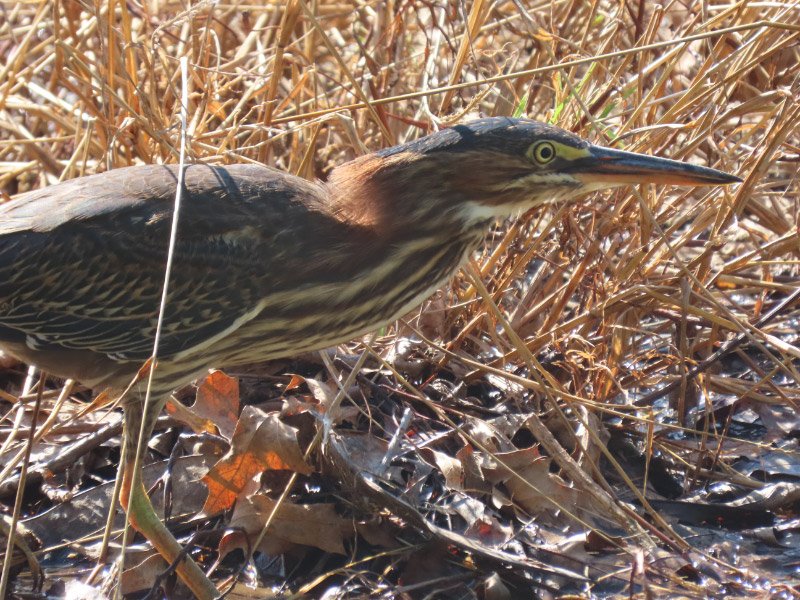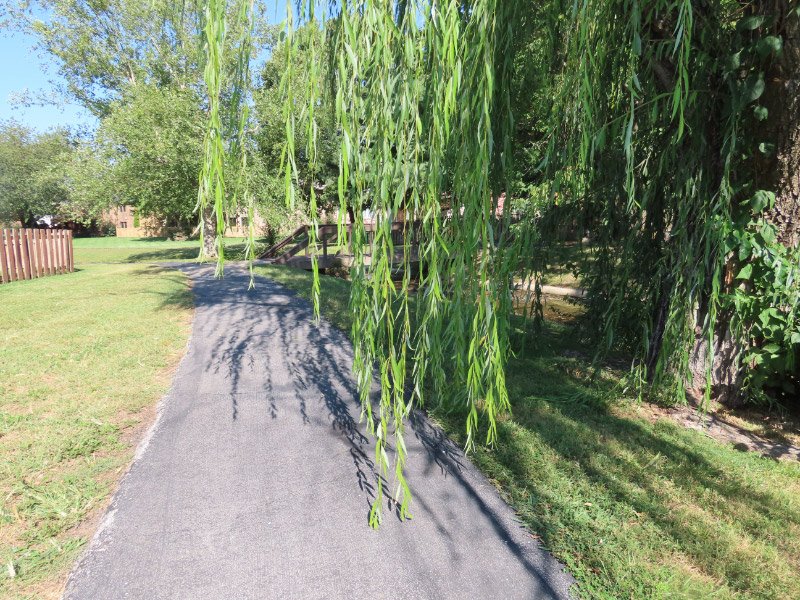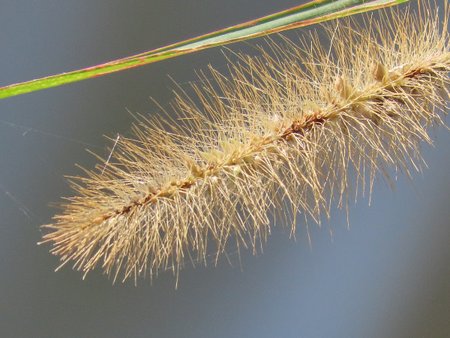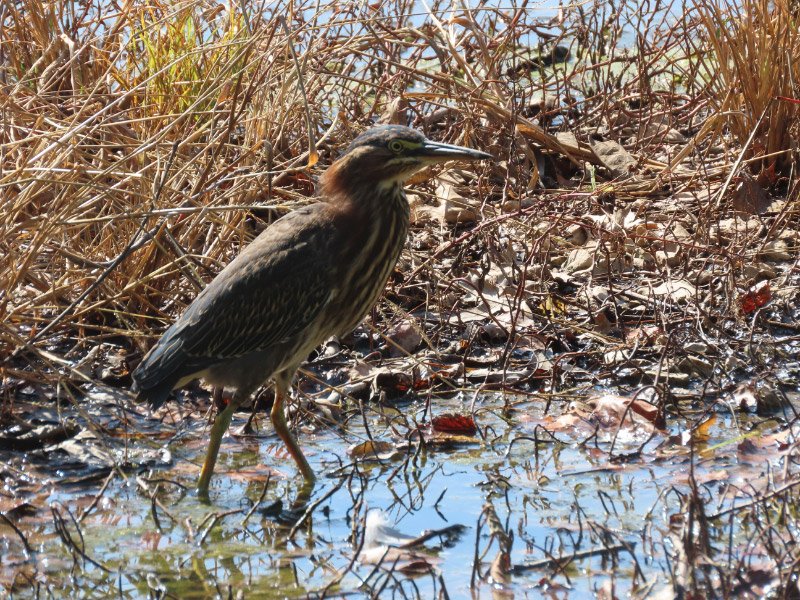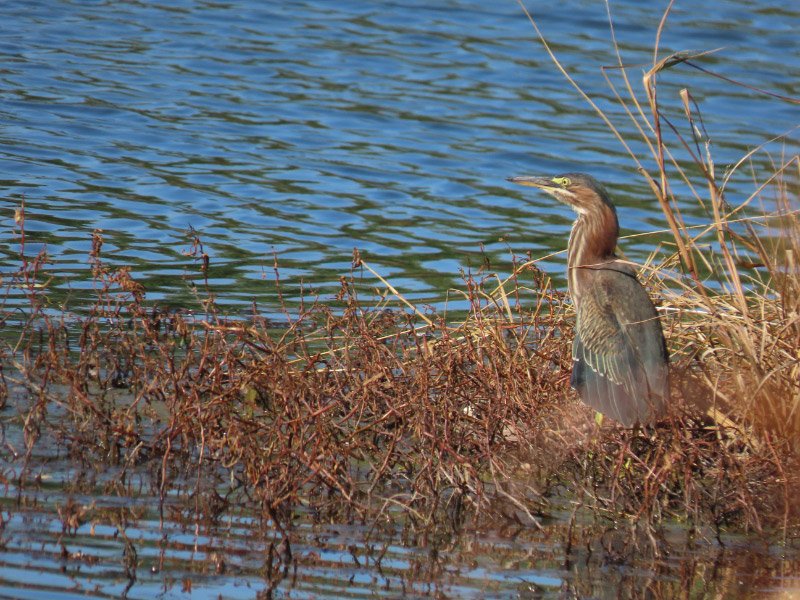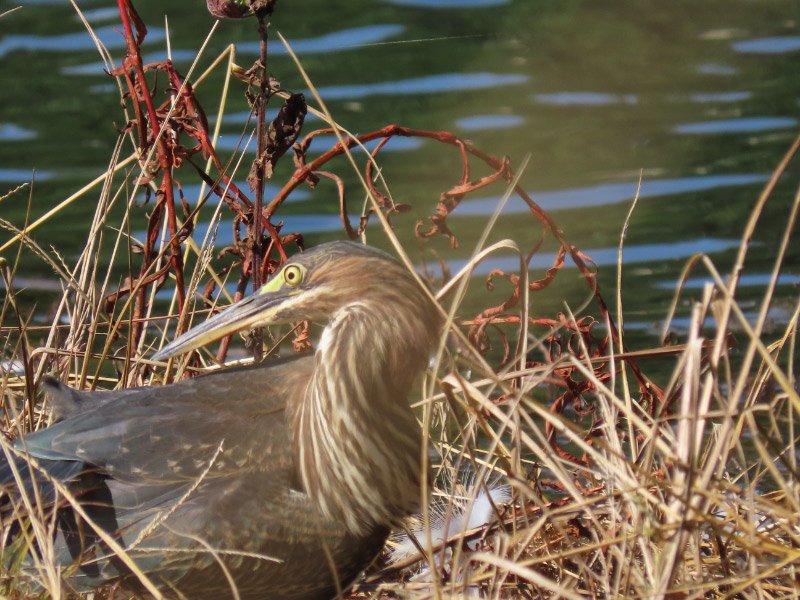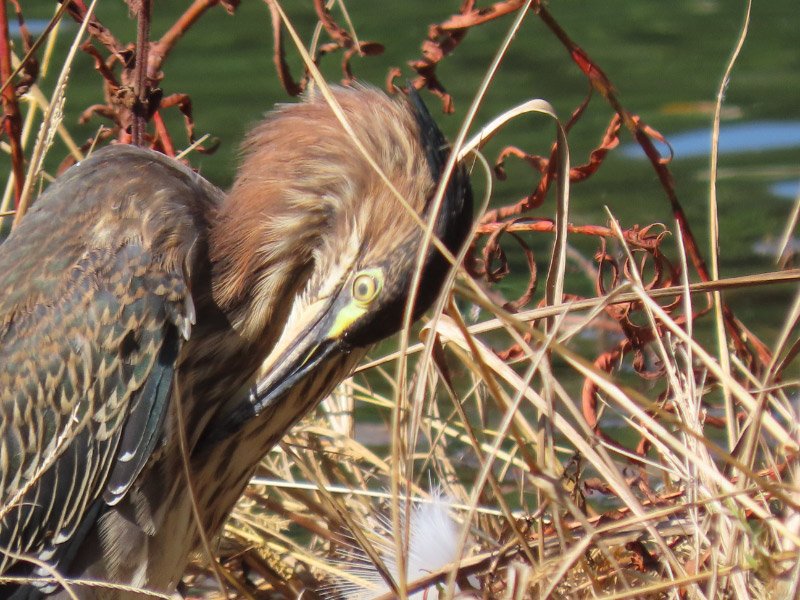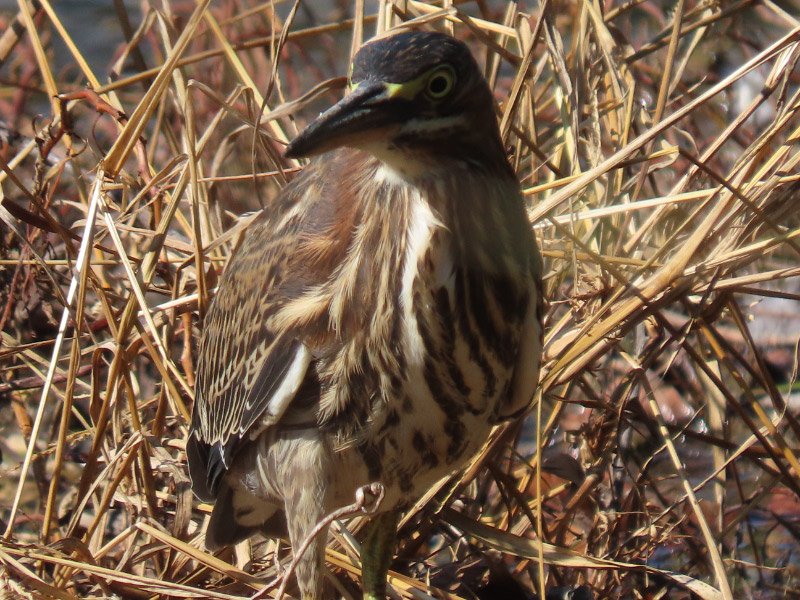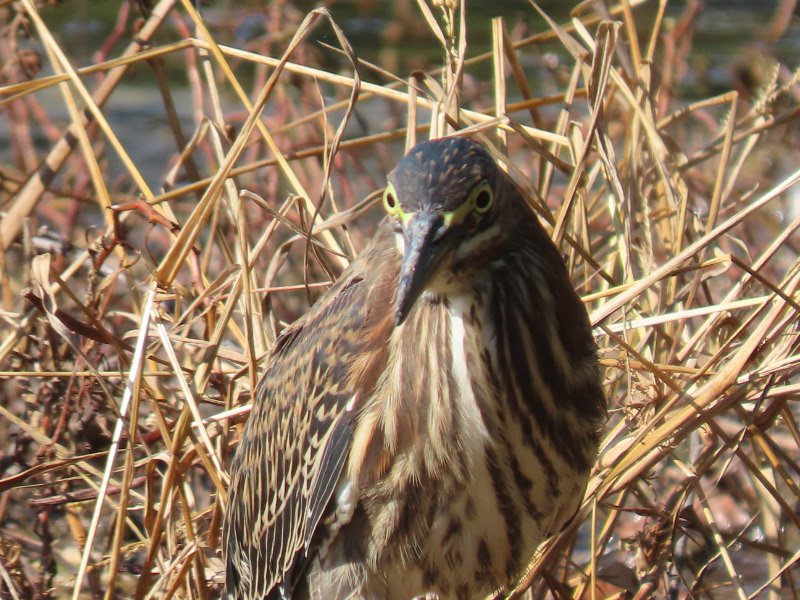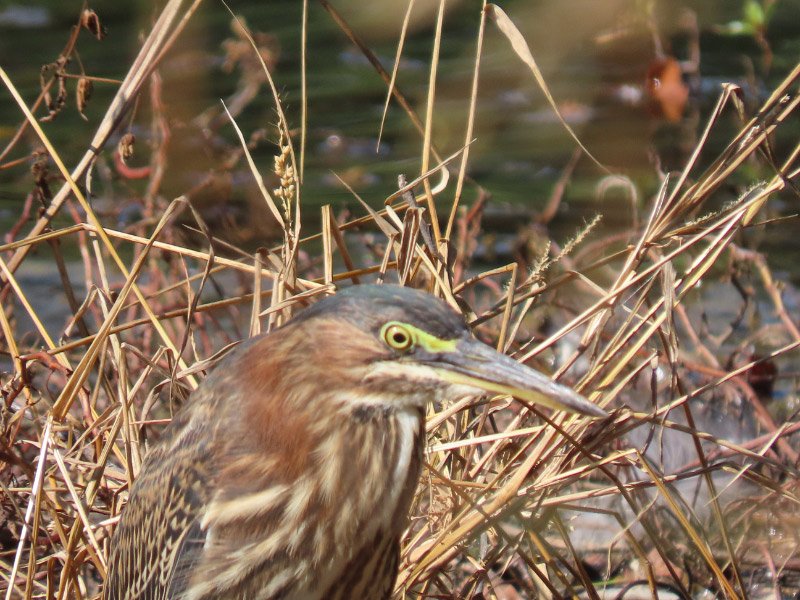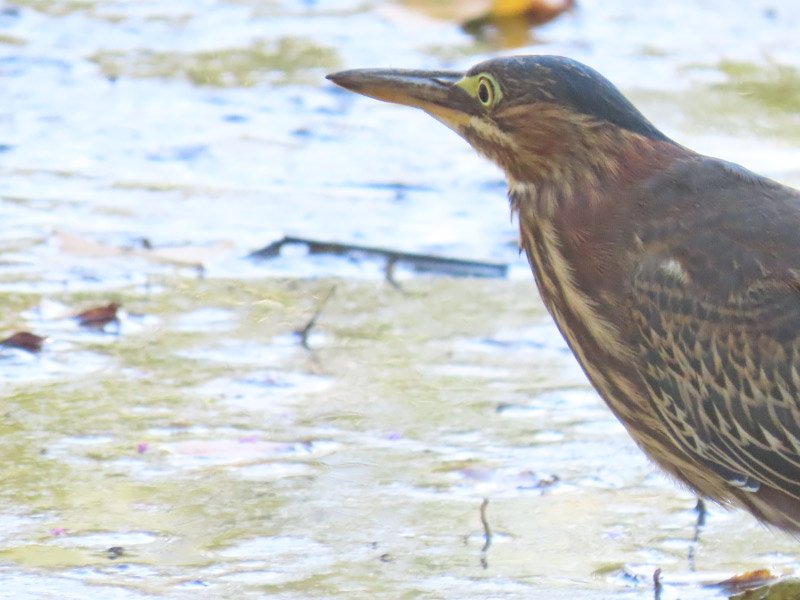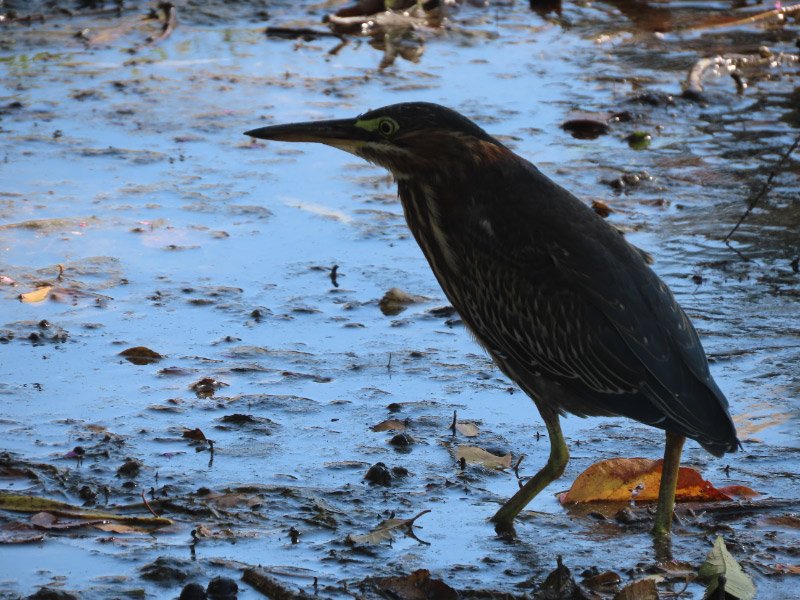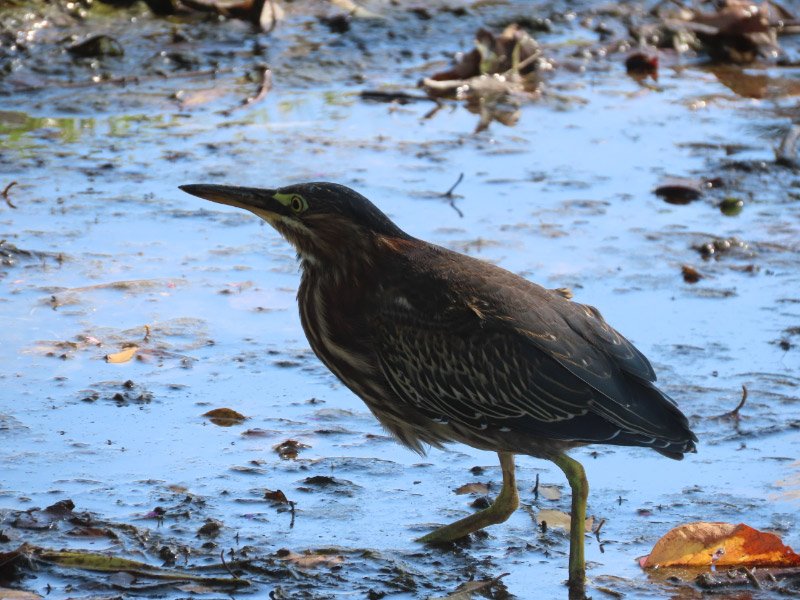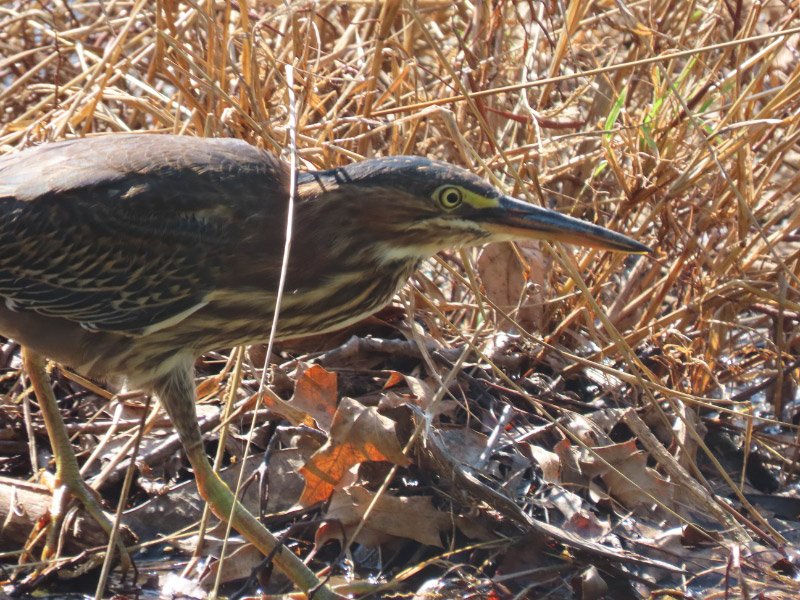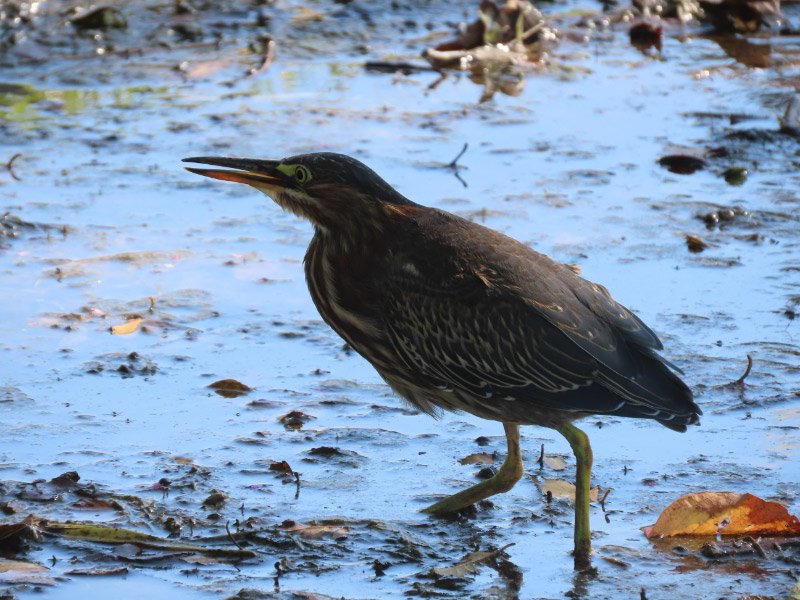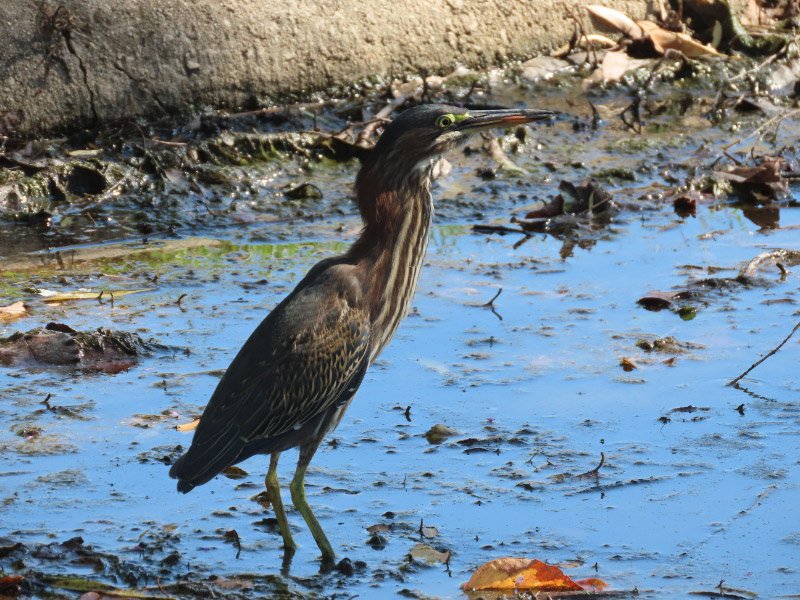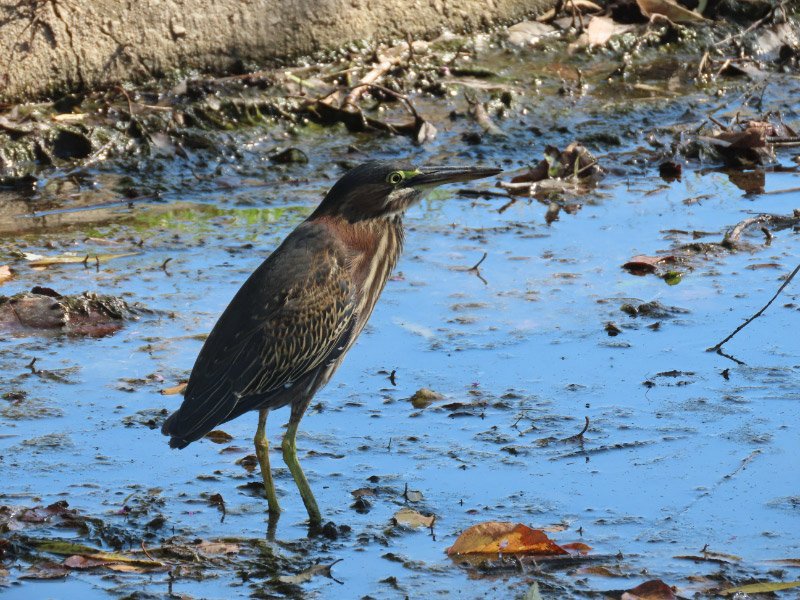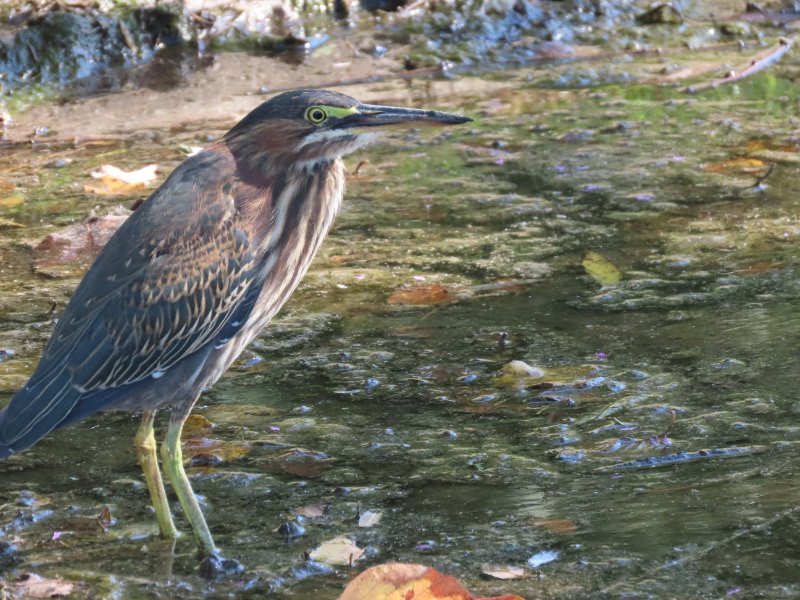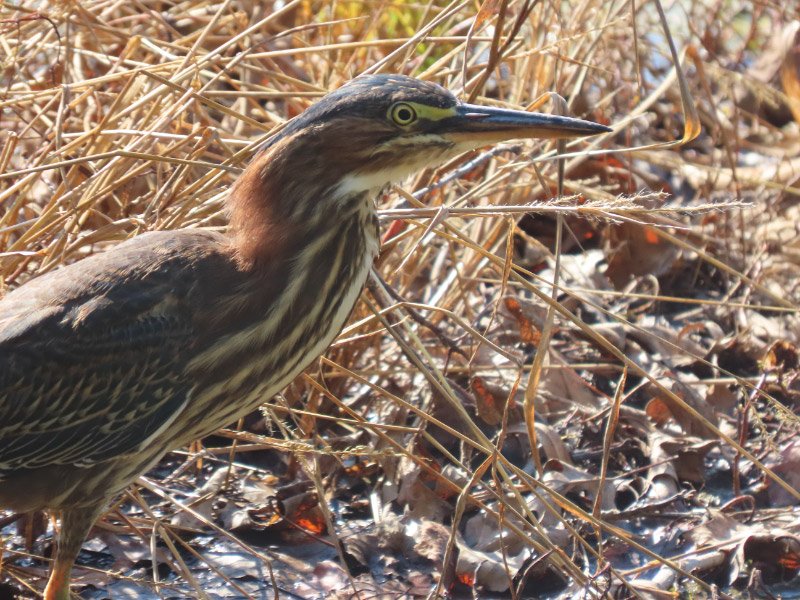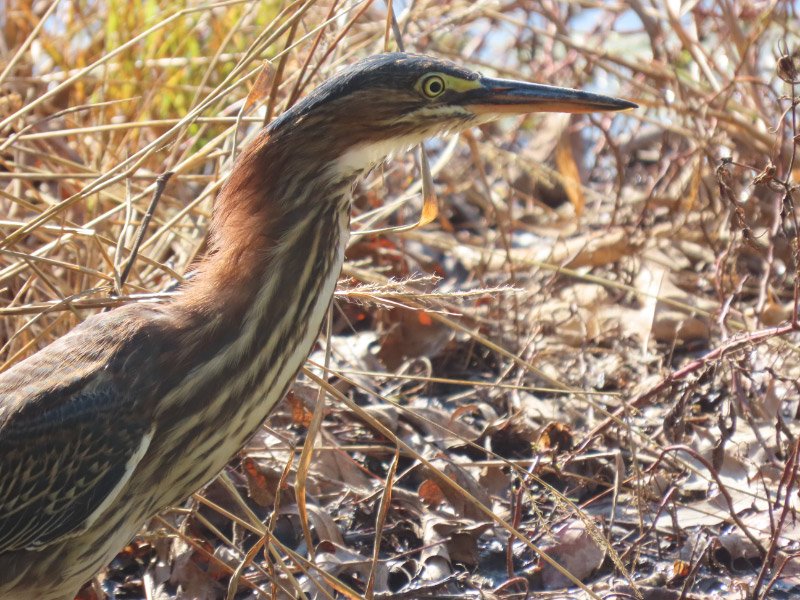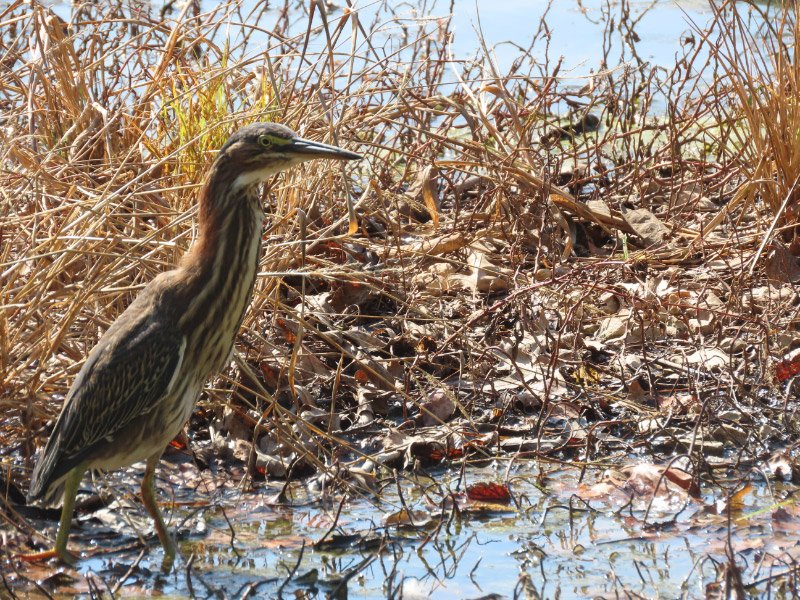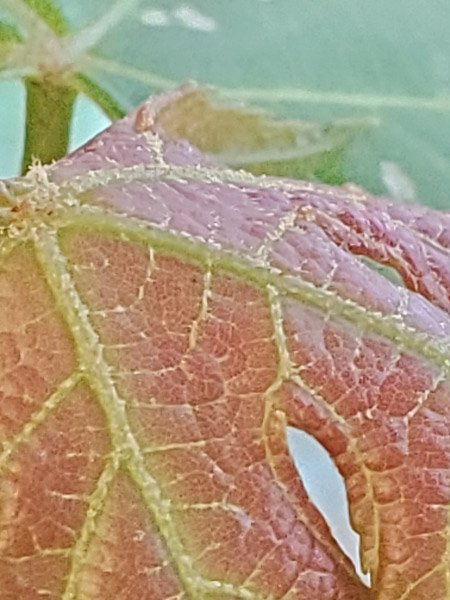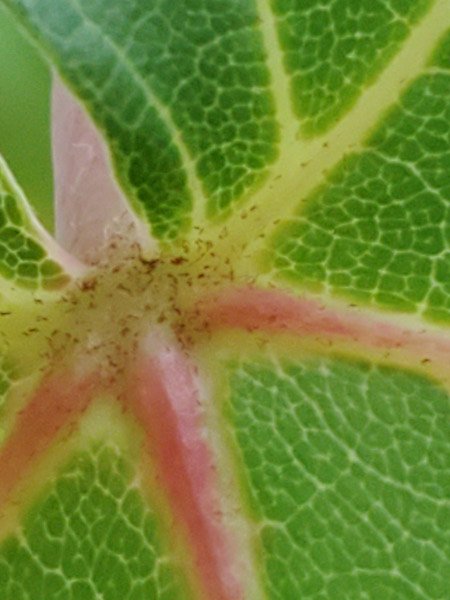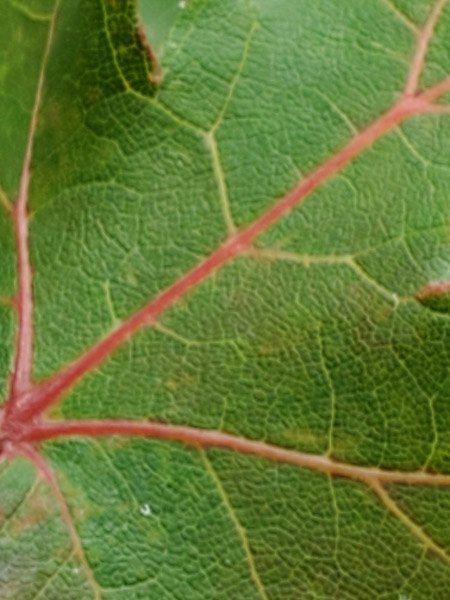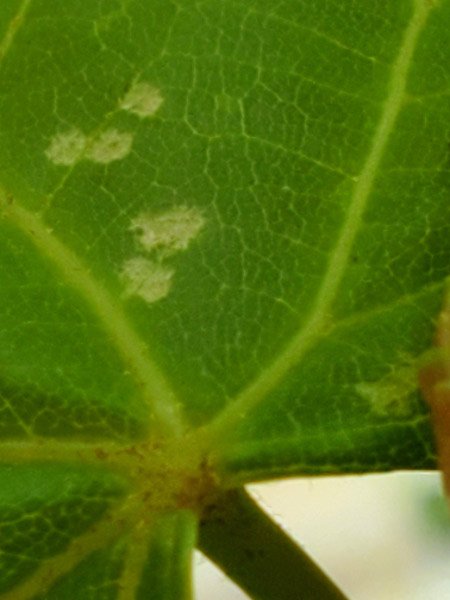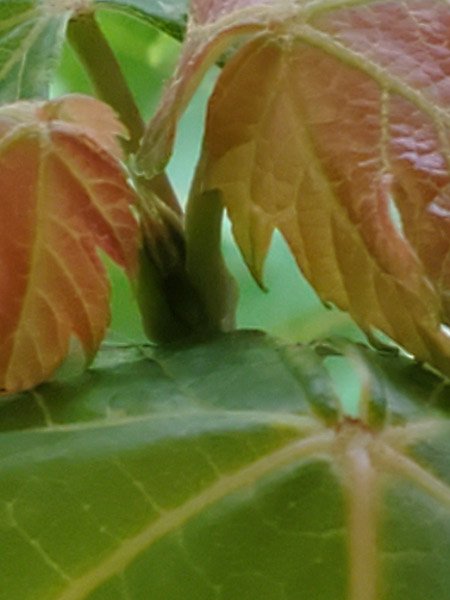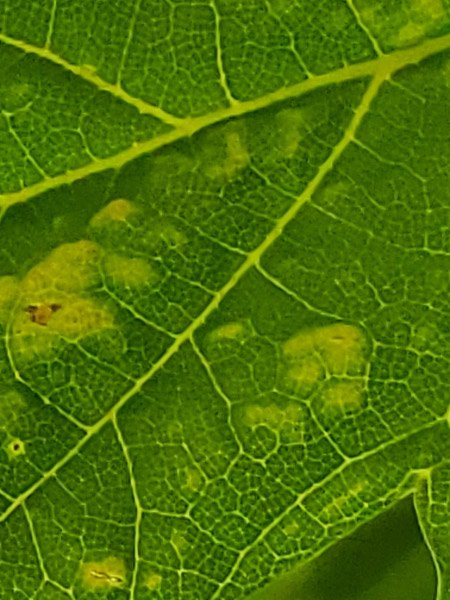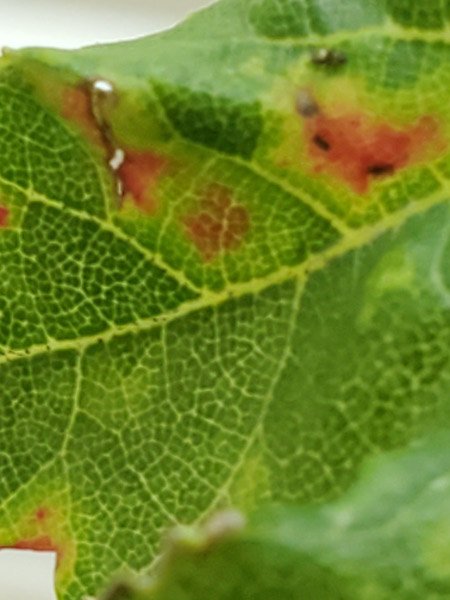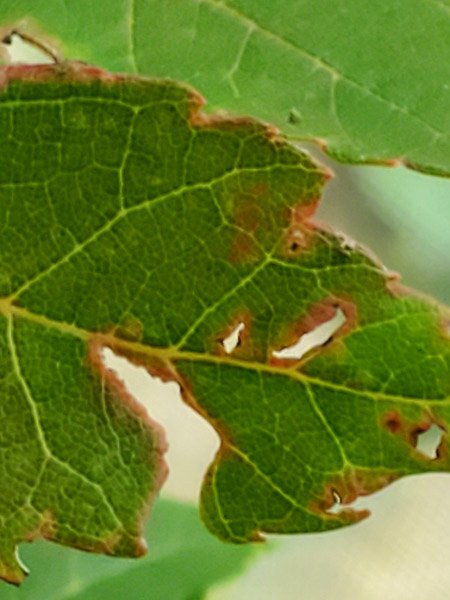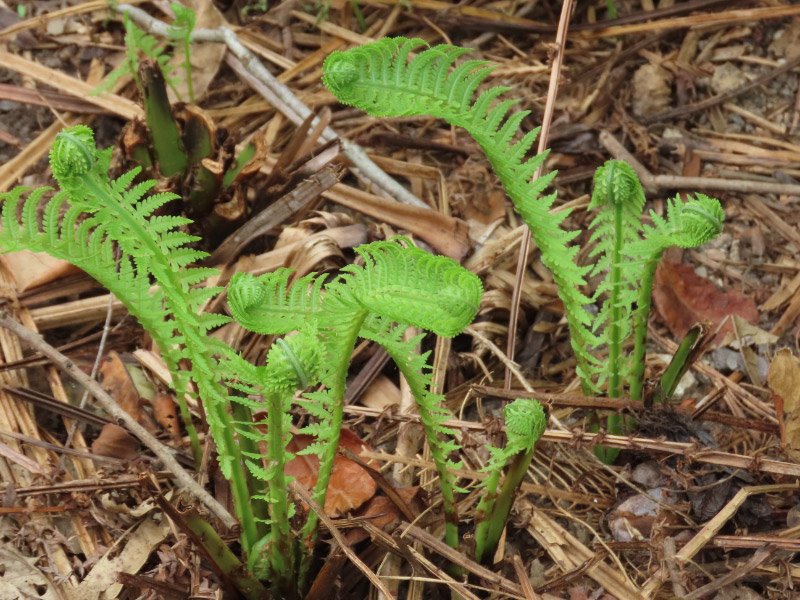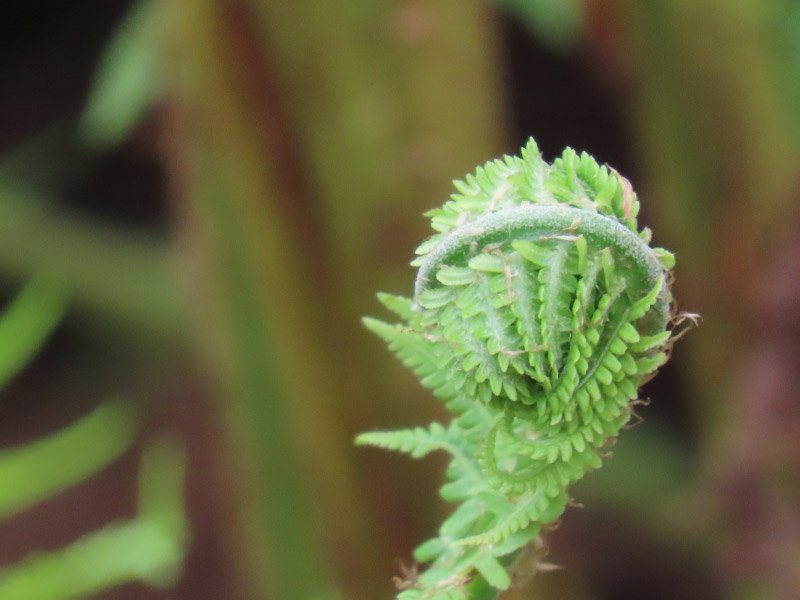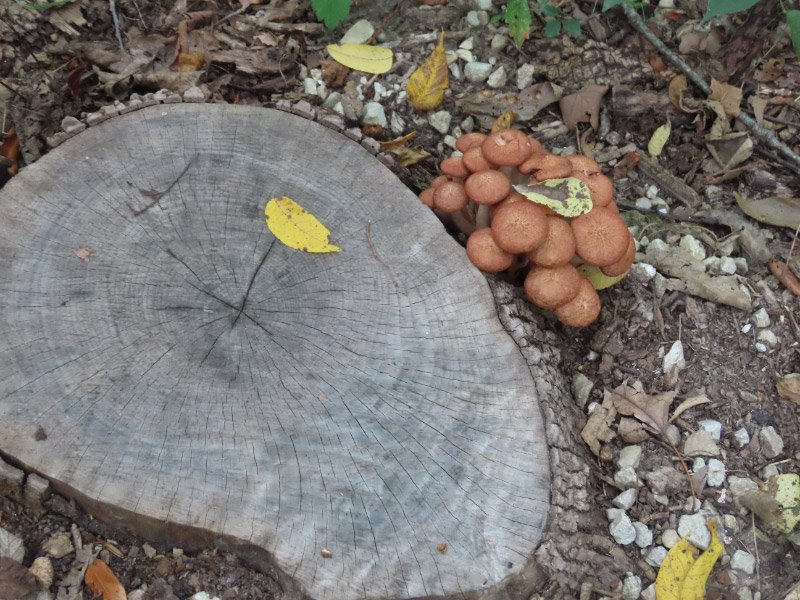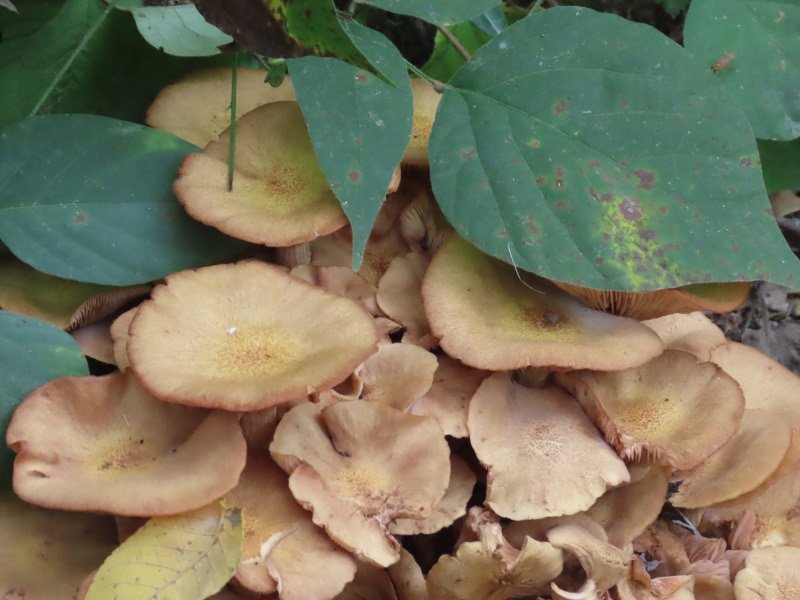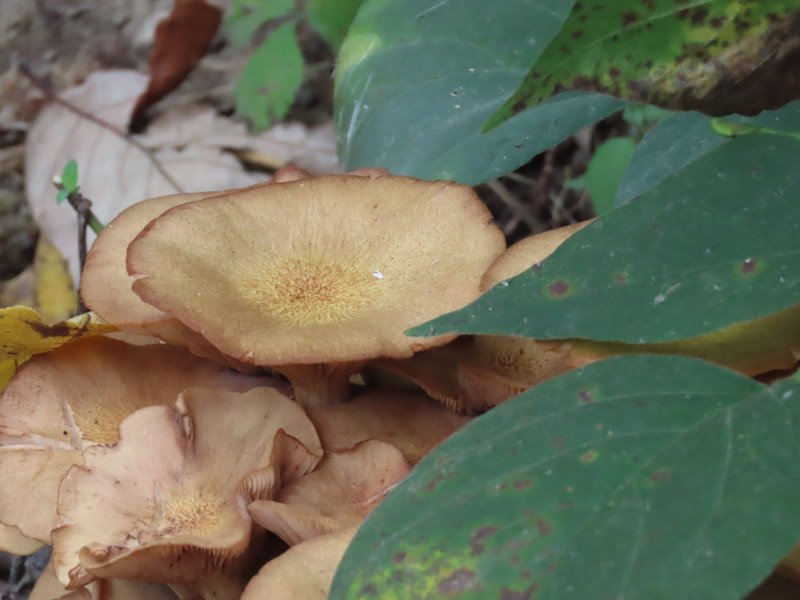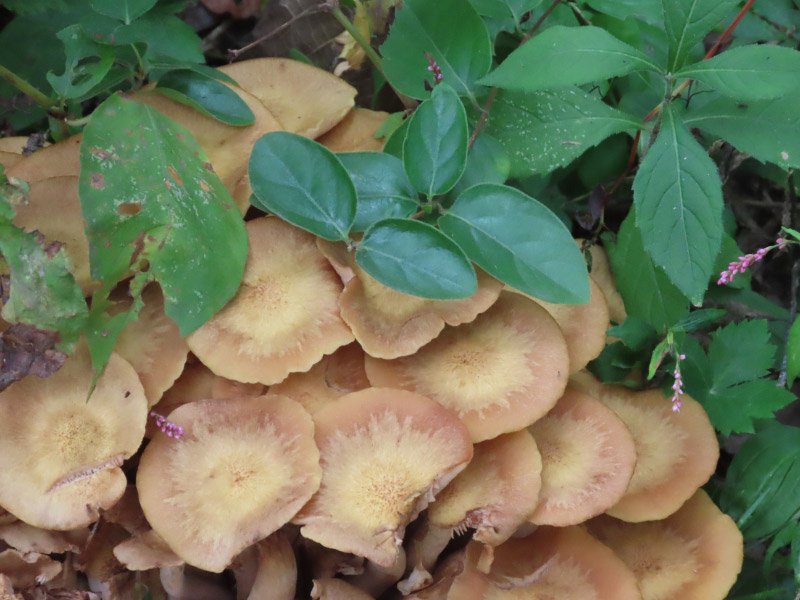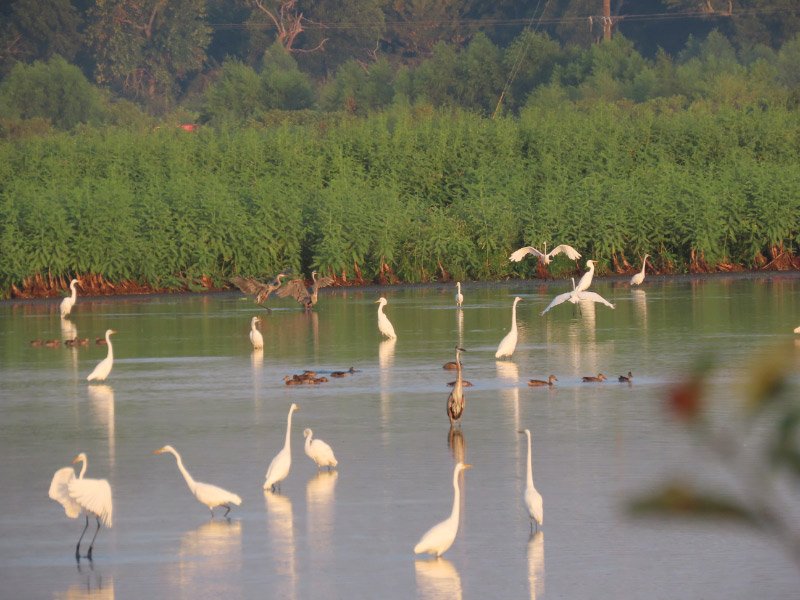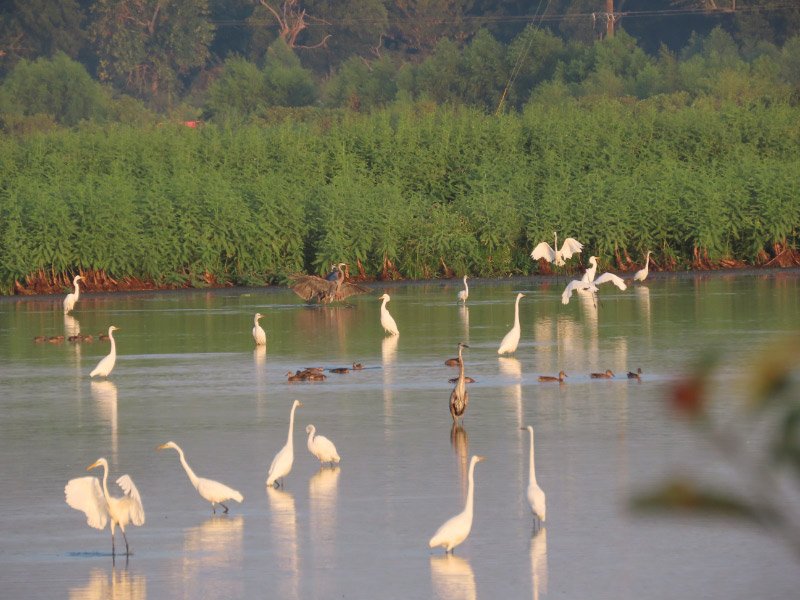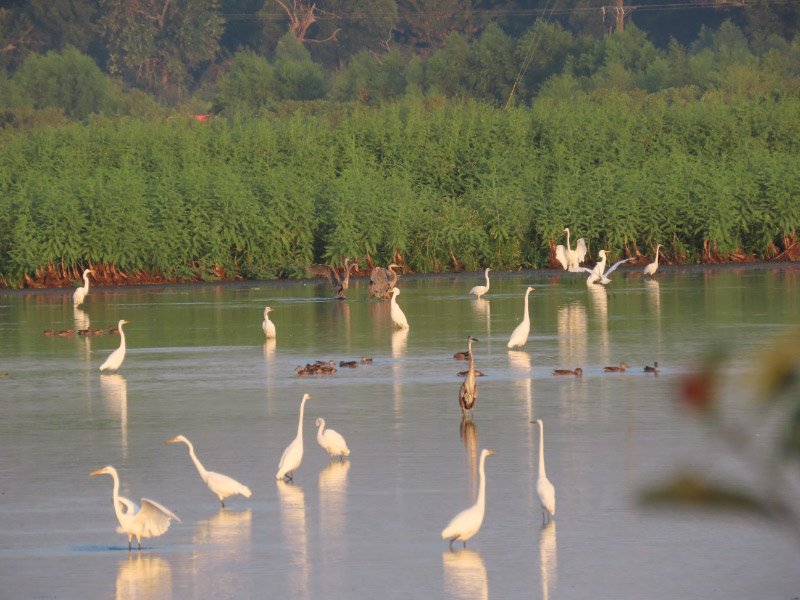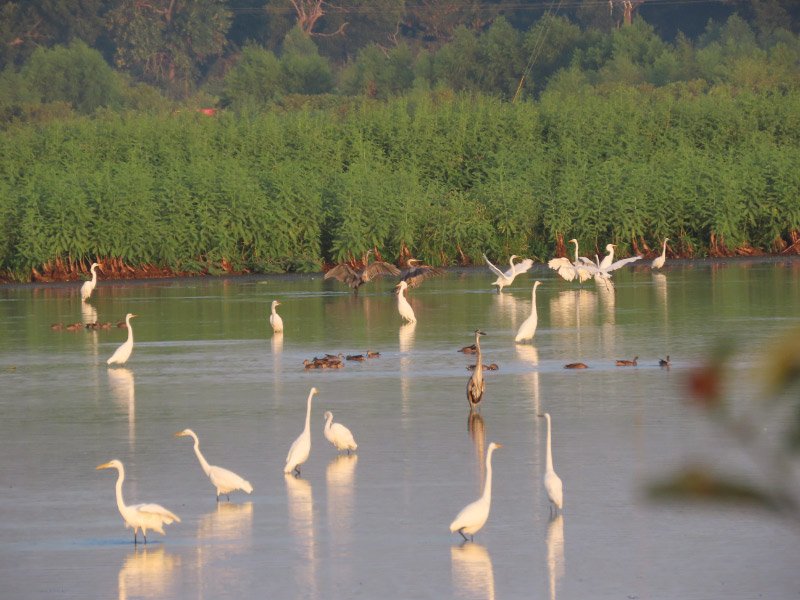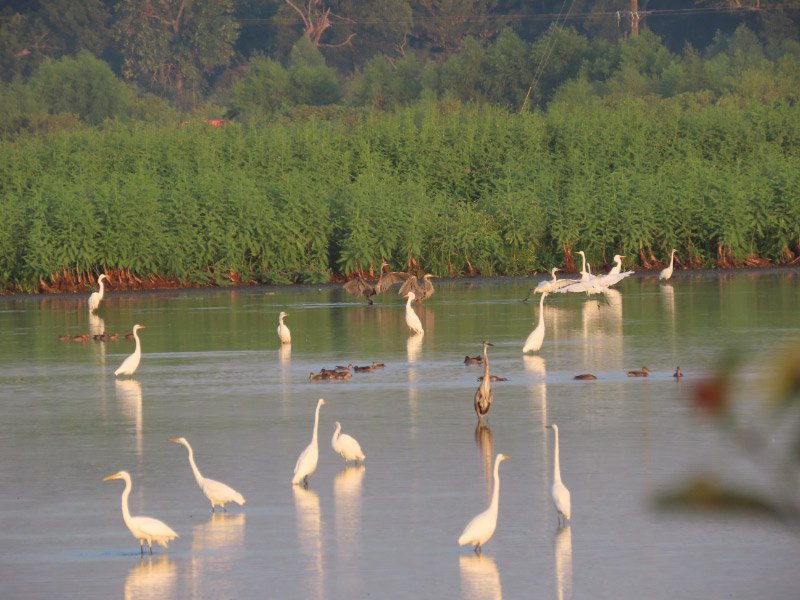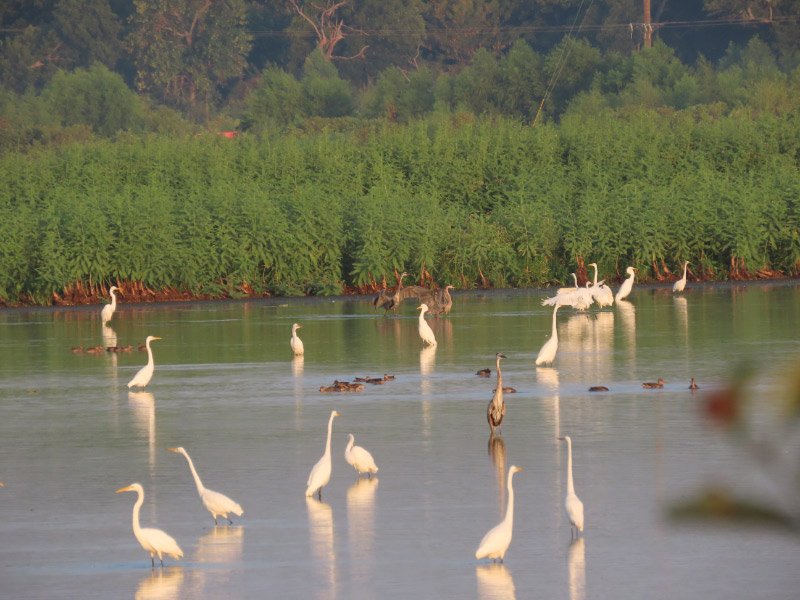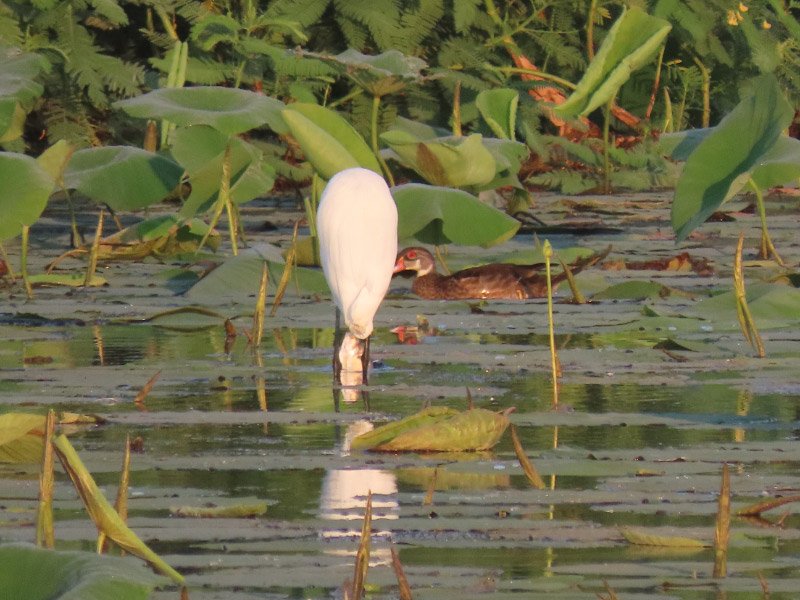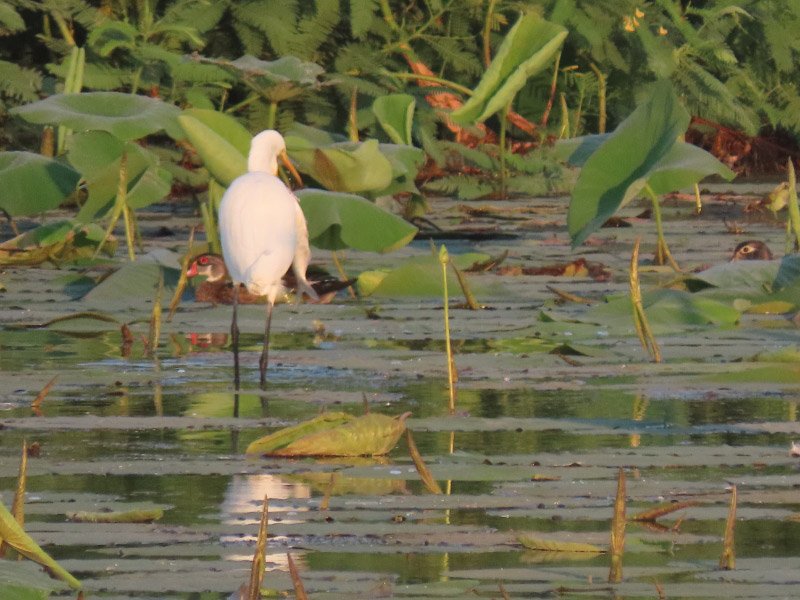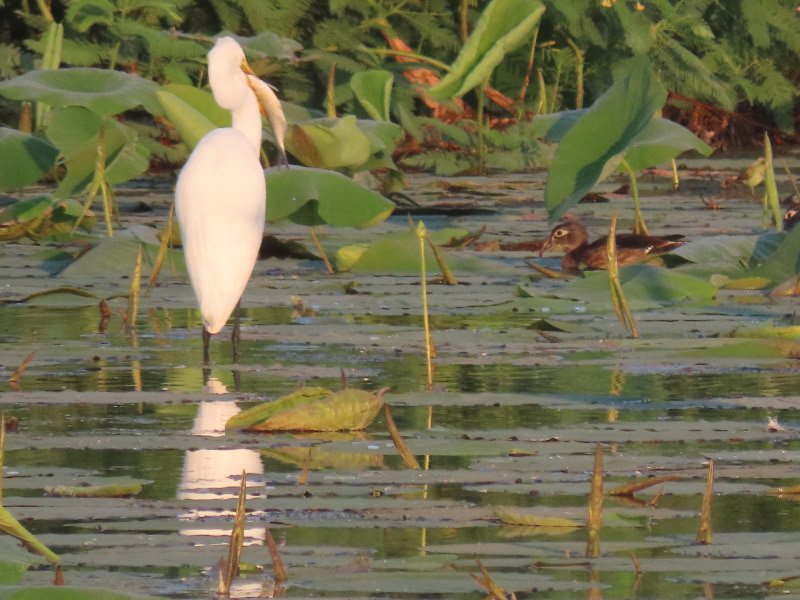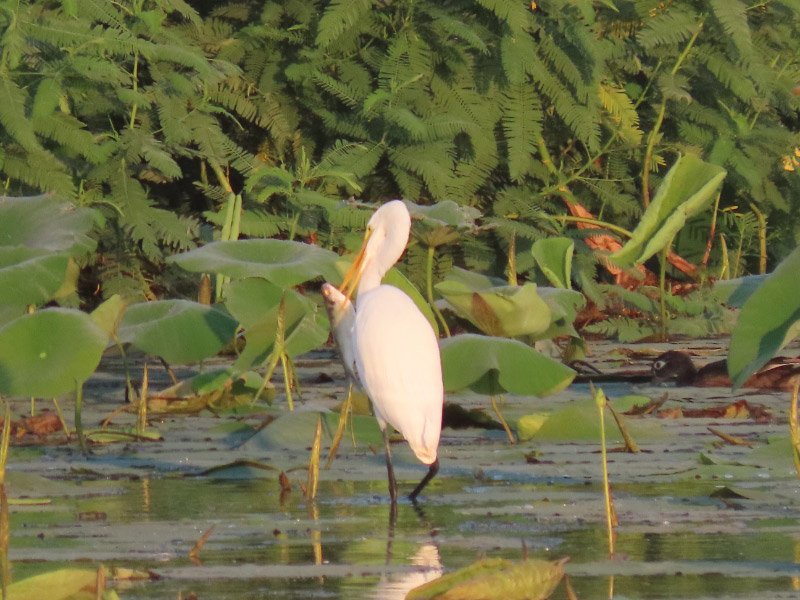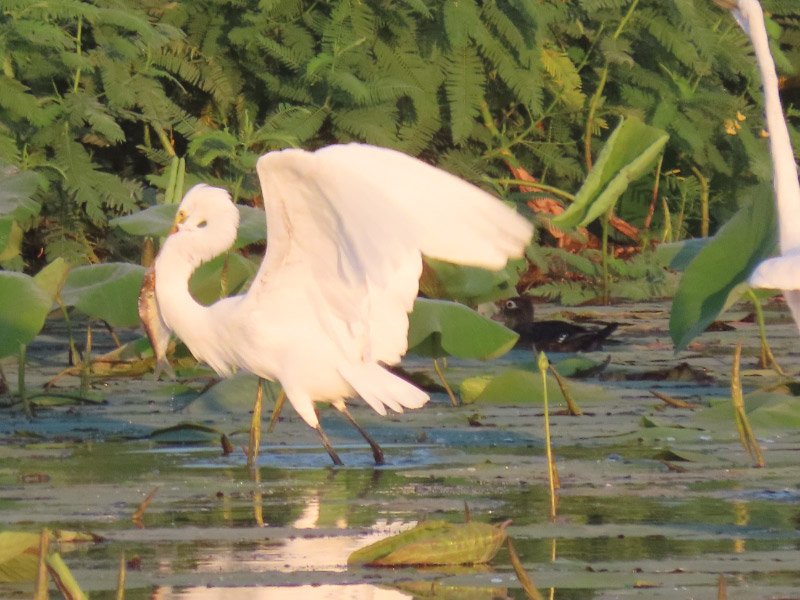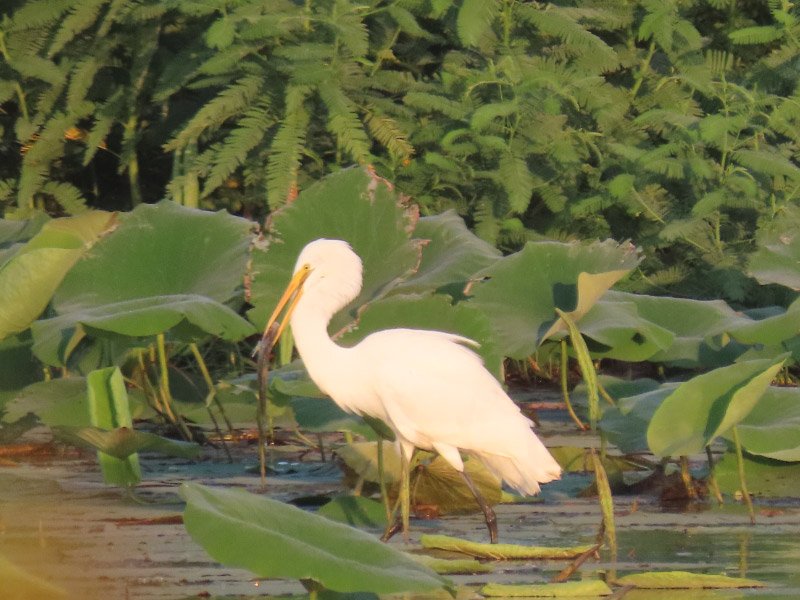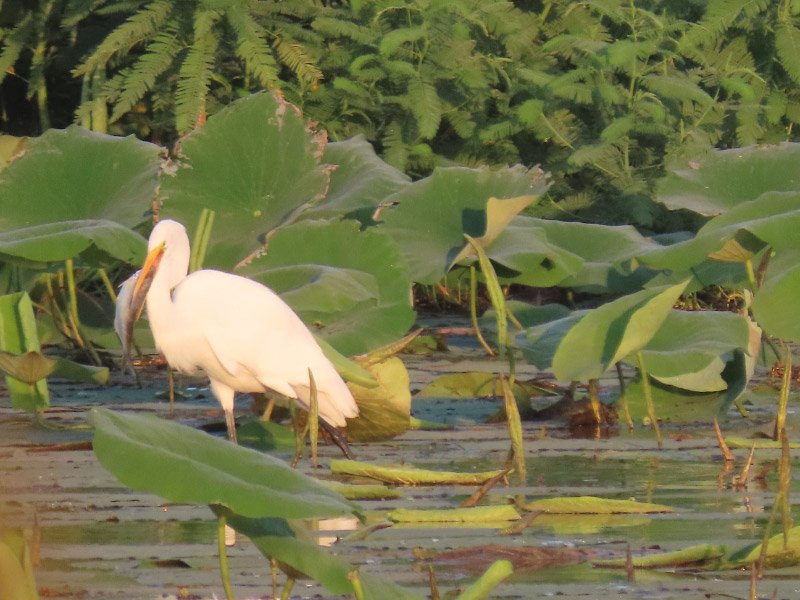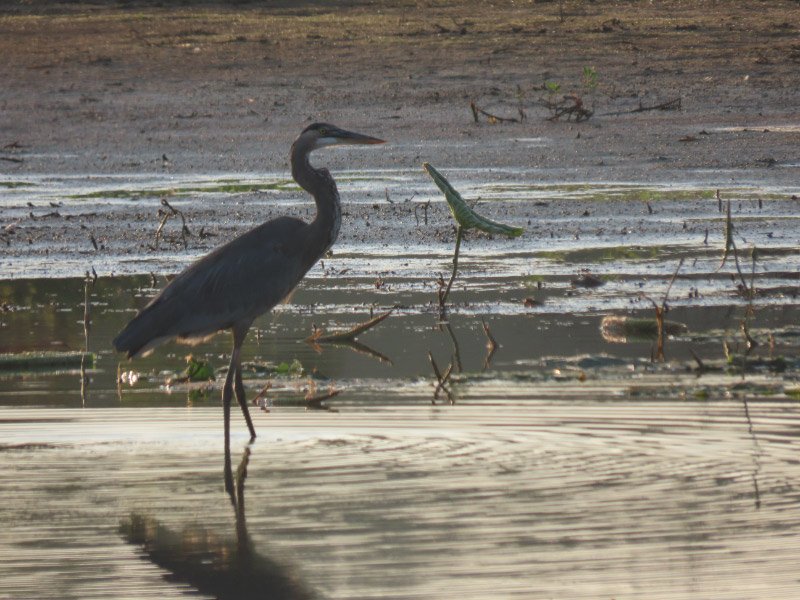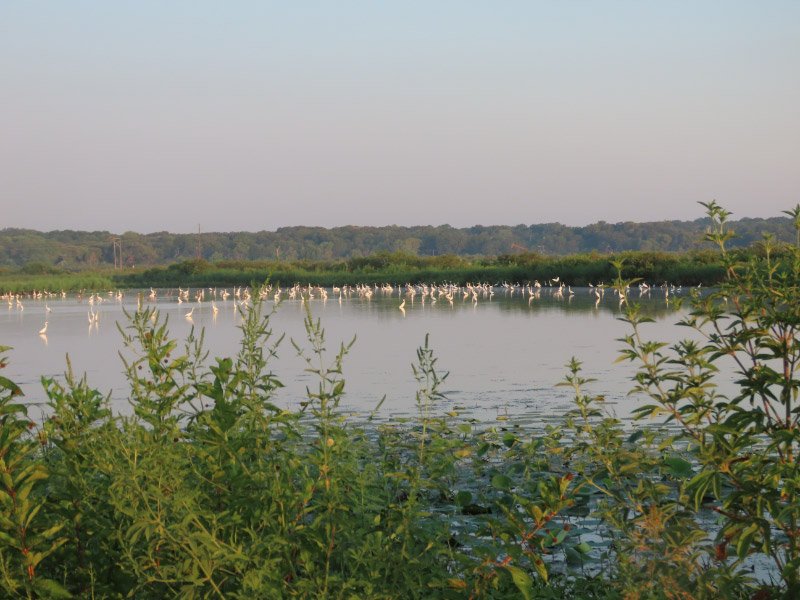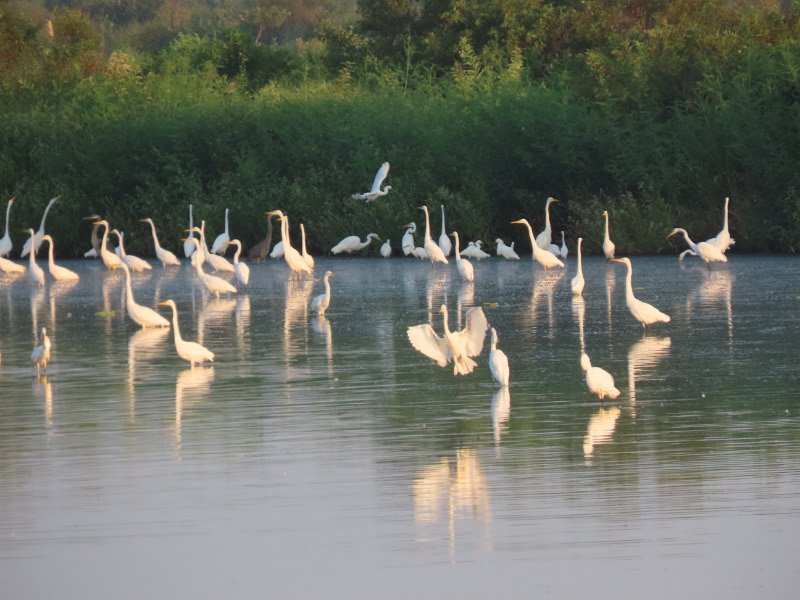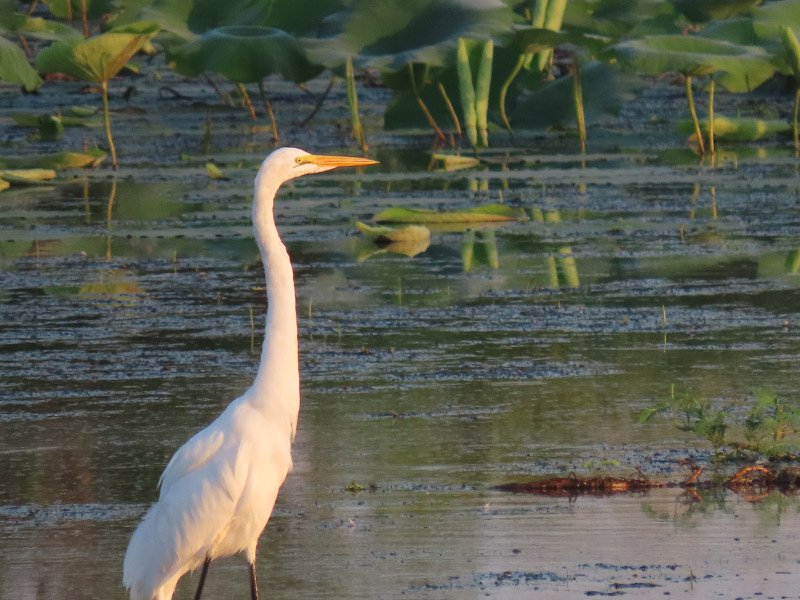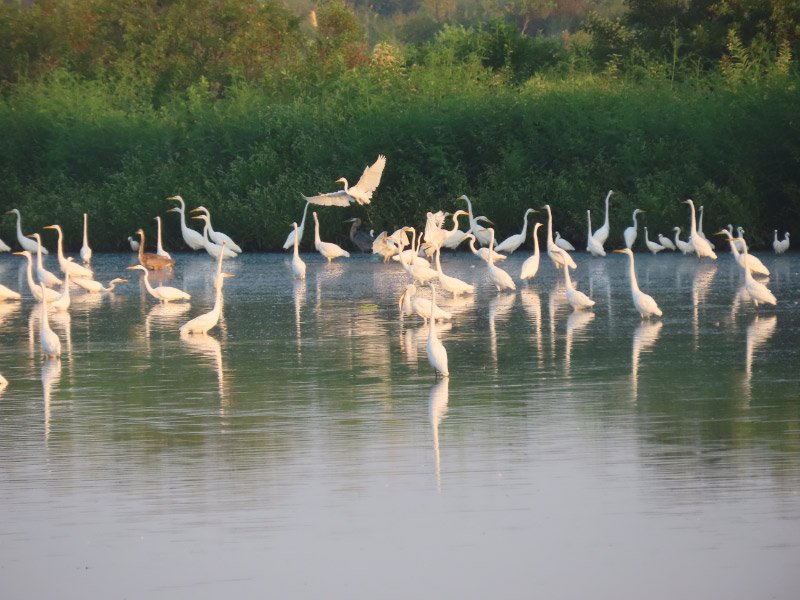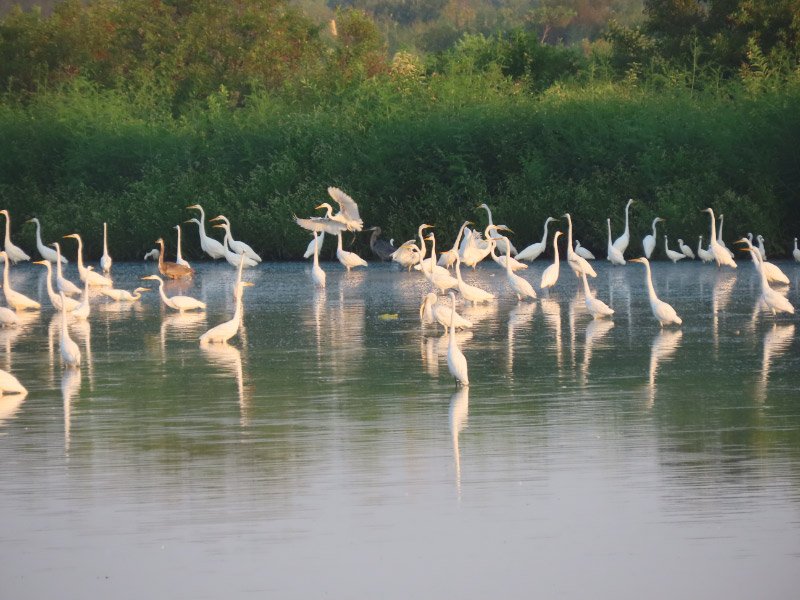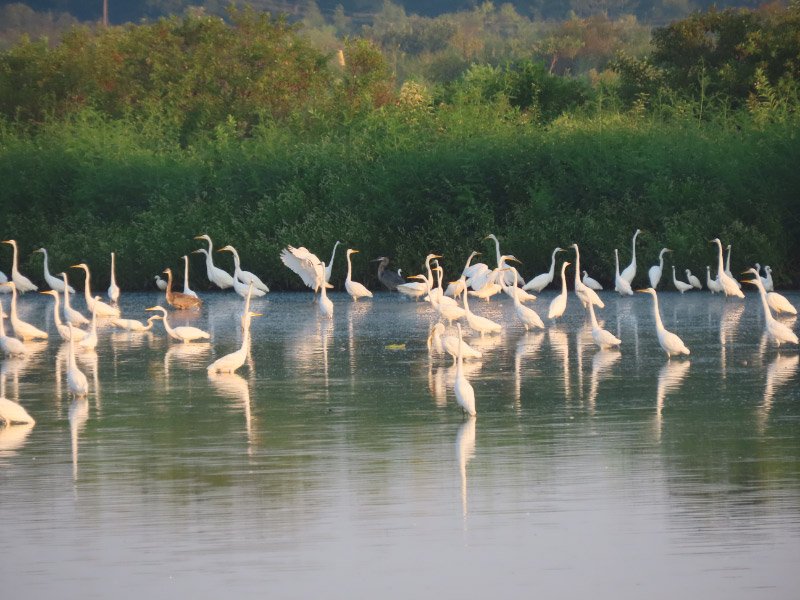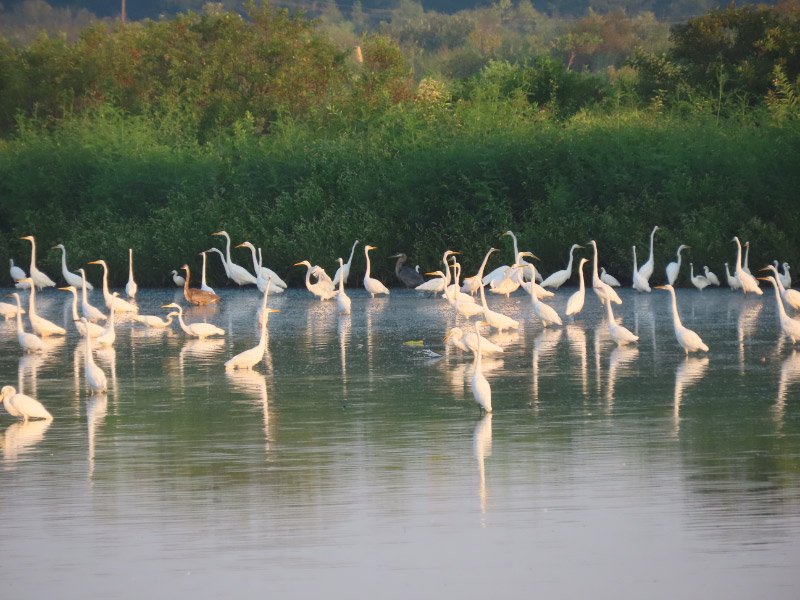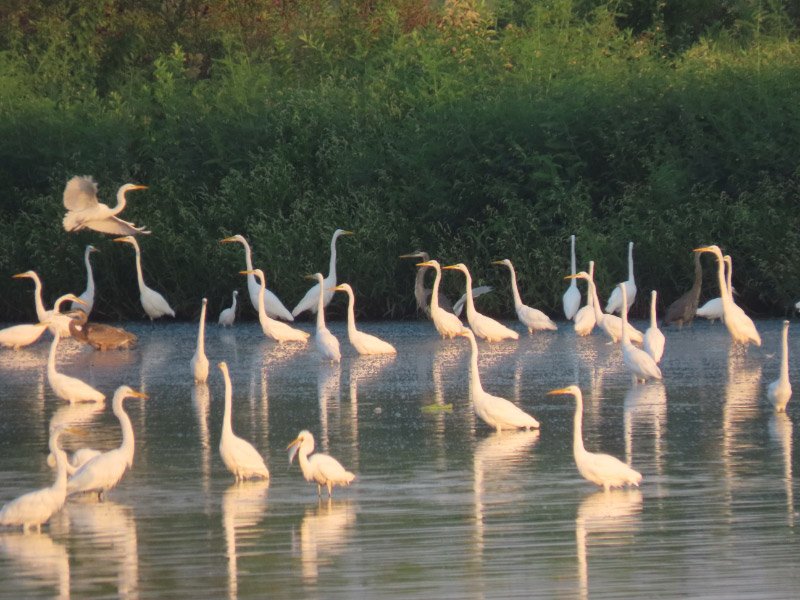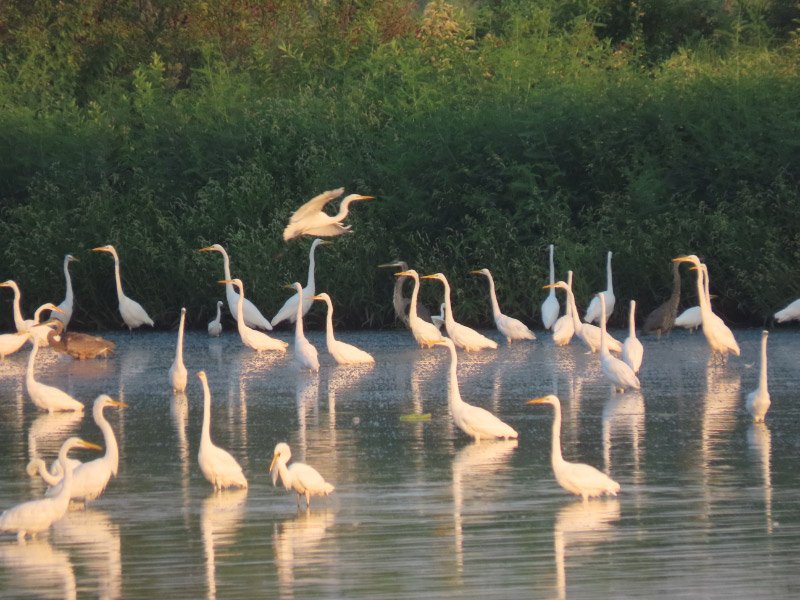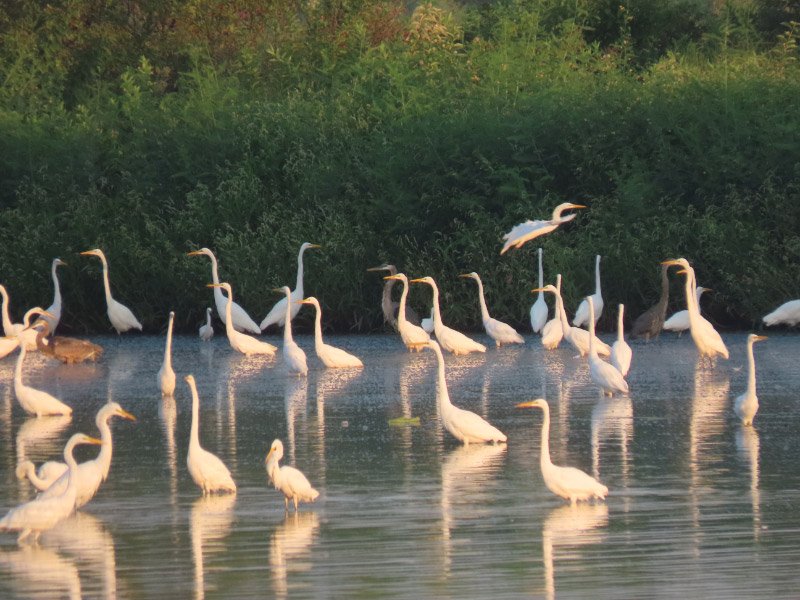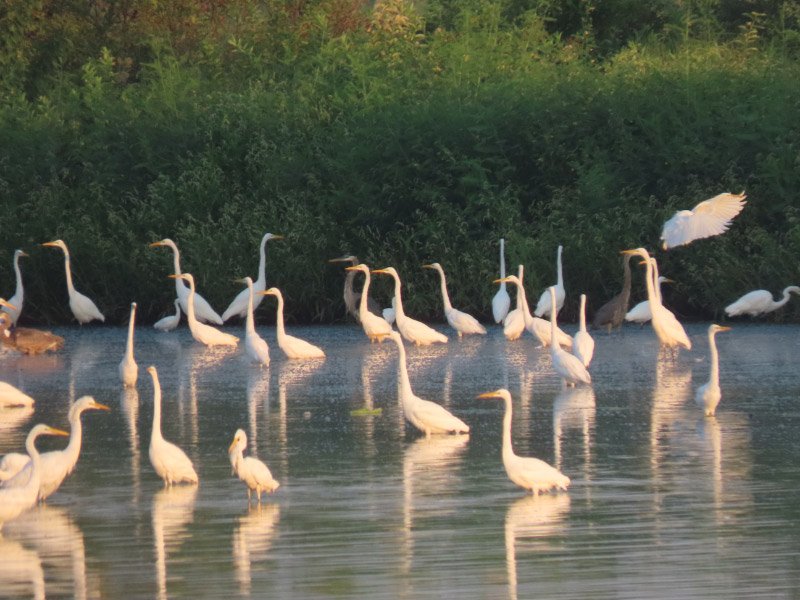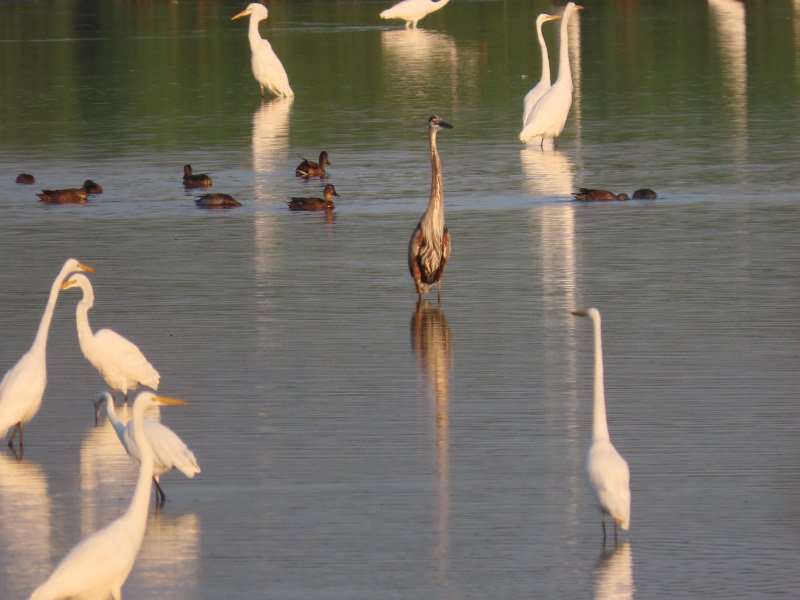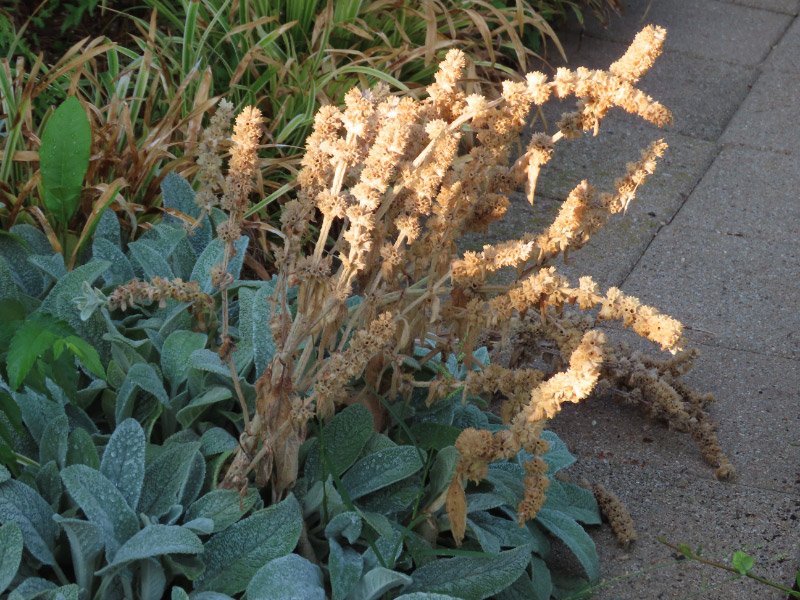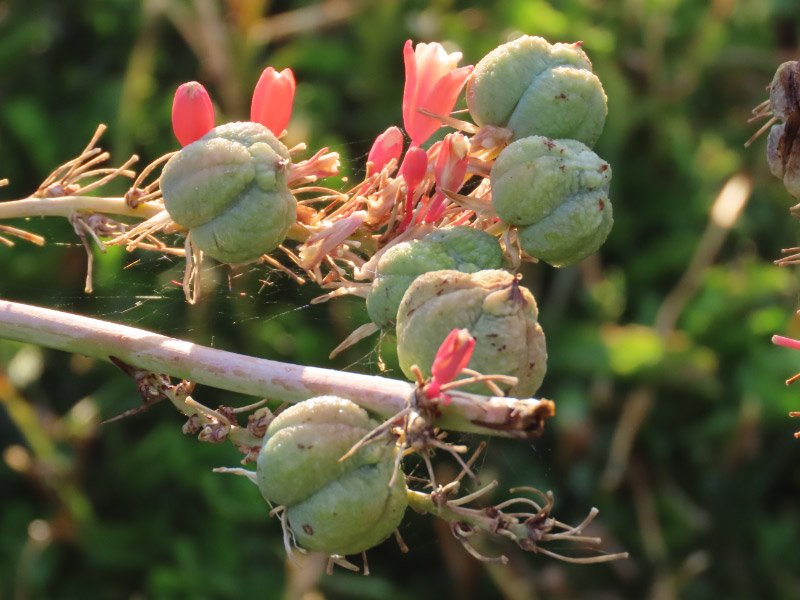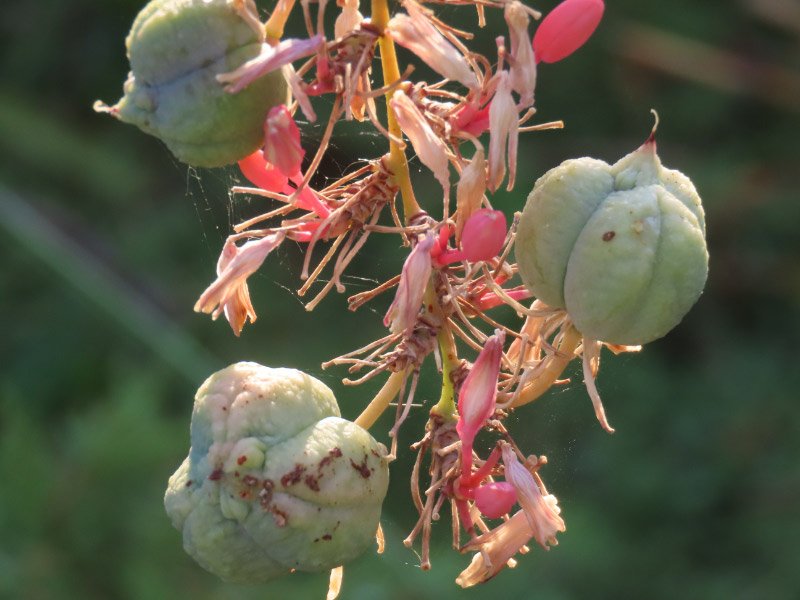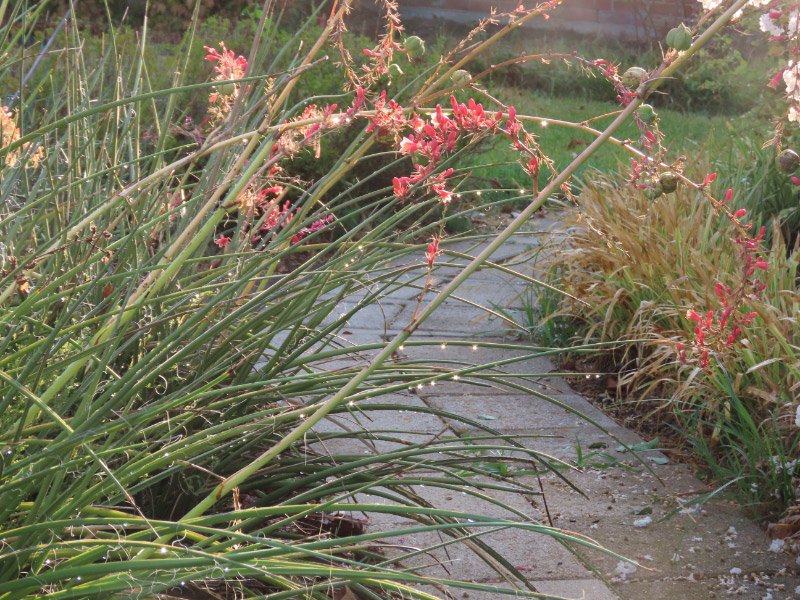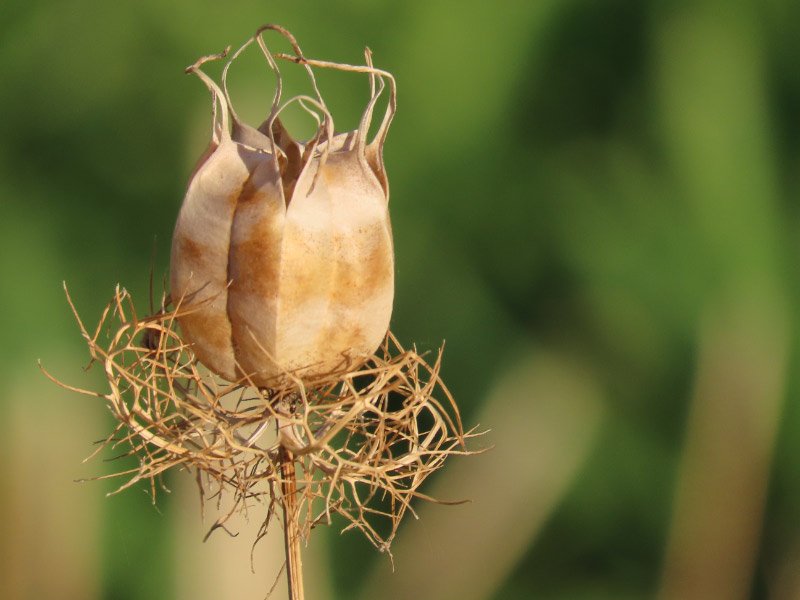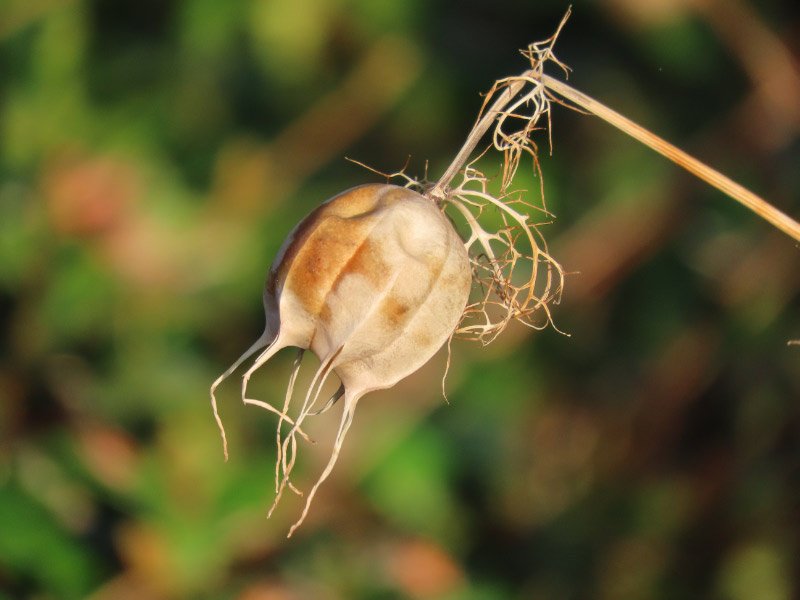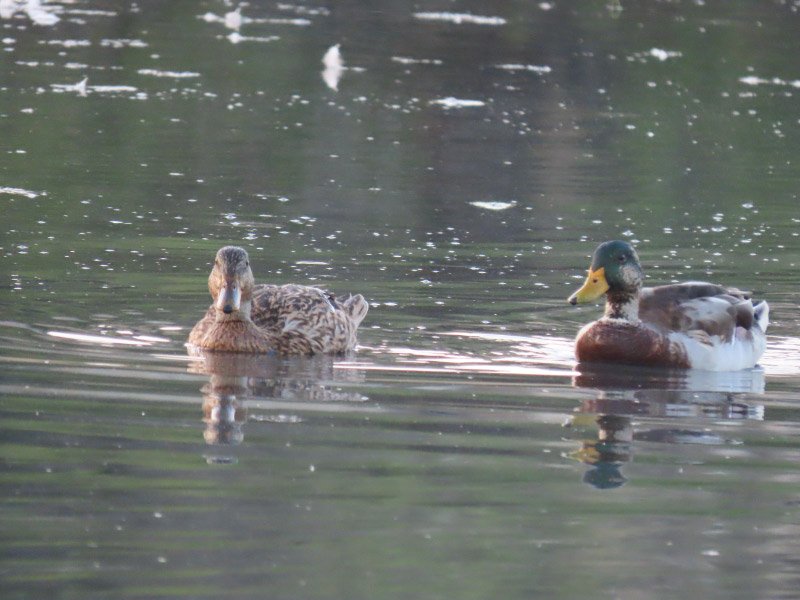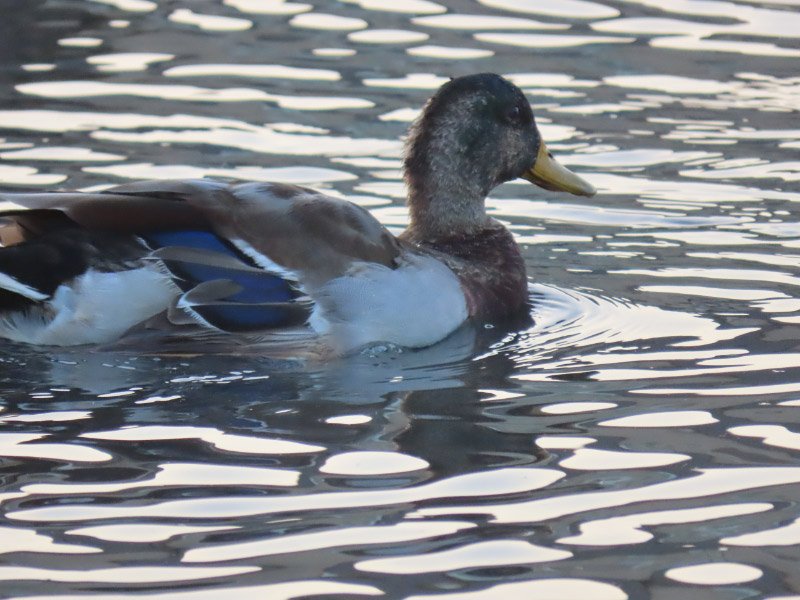The items below were ‘the cream’ of the articles and websites I found this past week. Click on the light green text to look at the article.
As the Mississippi Swerves, Can We Let Nature Regain Control? - After the lower Mississippi began pouring through and enlarging Neptune Pass in 2019, sediment began flowing into a sand-and-silt-starved Delta Bay. Now the Army Corps of Engineers — breaking with tradition — is considering letting at least part of the river have its way…..a change from always ‘filling the breach’ strategy of years past that has had positive economic impacts but caused environmental problems. According to the U.S. Geological Survey, since 1932, more than 2,000 square miles of land in the Mississippi Delta have disappeared under water.
Babcock Ranch: Florida's first hurricane-proof town - When Hurricane Ian made landfall on the southwest Florida coast, it brought 150 mph winds, 17 inches of rain within 24 hours, and storm surges of up to 18 ft. It was the costliest hurricane in Florida's history, causing more than $112 billion in damage – and at least 150 deaths. Babcock Ranch is an 18,000-acre development that was sitting in the eye of the storm on the southwest of the state just north of Fort Myers. Built to withstand powerful storms, the town came out relatively unscathed. Is this type of development going to be the only kind economically viable for states like Florida in the future?
Year-round school: Difference-maker or waste of time? – No conclusion in this article….evidently there is renewed interest in the idea in the Southeast. But – the concept is not what most people probably assume. The implementation does not involve more days in school for students and often makes childcare more difficult!
What Are Heat Pump Air Conditioners? - Modern heat pumps are superefficient and can deliver heat down to -15 degrees Fahrenheit…but I had to look to find that they can deliver cool air up to 115 degrees which should have been in the article since it was about air conditioning!
Controversial dwarfism drugs spur growth — but do they improve health? – Hard choices.
Microplastics infiltrate all systems of body, cause behavioral changes – Especially in older mice…behaviors akin to dementia in humans. The changes became more profound in older animals. The microplastics in the study were delivered orally via drinking water…and not in high doses. It’s scary to think about how microplastics might be impacting humans too.
Can California Cropland Be Repurposed for Community Solar? – Evidently the current farming practices are not sustainable, and some farmland needs to be retired. The idea is that the already disturbed land could be repurposed for new community solar projects. I wondered where the food we now are getting from California will be grown in the future…how robust is the US food production system?
TB research shows a good diet can cut infections by nearly 50% - Improved nutrition in family members of patients in India with lung TB reduced all forms of TB by nearly 40%, and infectious TB by nearly 50%. And…for the patients: An early weight gain in the first two months was associated with 60% lower risk of TB mortality. The other benefits were higher treatment success and better weight gain. During the six-month follow-up period, a remarkable treatment success rate of 94% was achieved.
Top 10 Things You Didn’t Know About Wind Power – How many of these 10 did you know already? I knew 4 of the 10…and knew a little about several others. It’s good to see the progress being made. Kudos to Iowa and South Dakota where over 50% of their electricity generation is from wind energy.
Soils forming on the branches of trees are an overlooked forest habitat – This was a study of a tropical forest in Costa Rica, but it reminded me of a tree along a field trip hiking route in Maryland that I always pointed out to students. It was an old maple that had an indention in its trunk that contained soil about 6 feet above the base of the tree. The tree had grown some roots into that soil and there was moss there. Spider webs filled in. Once we found a shed snakeskin hanging from the area!

